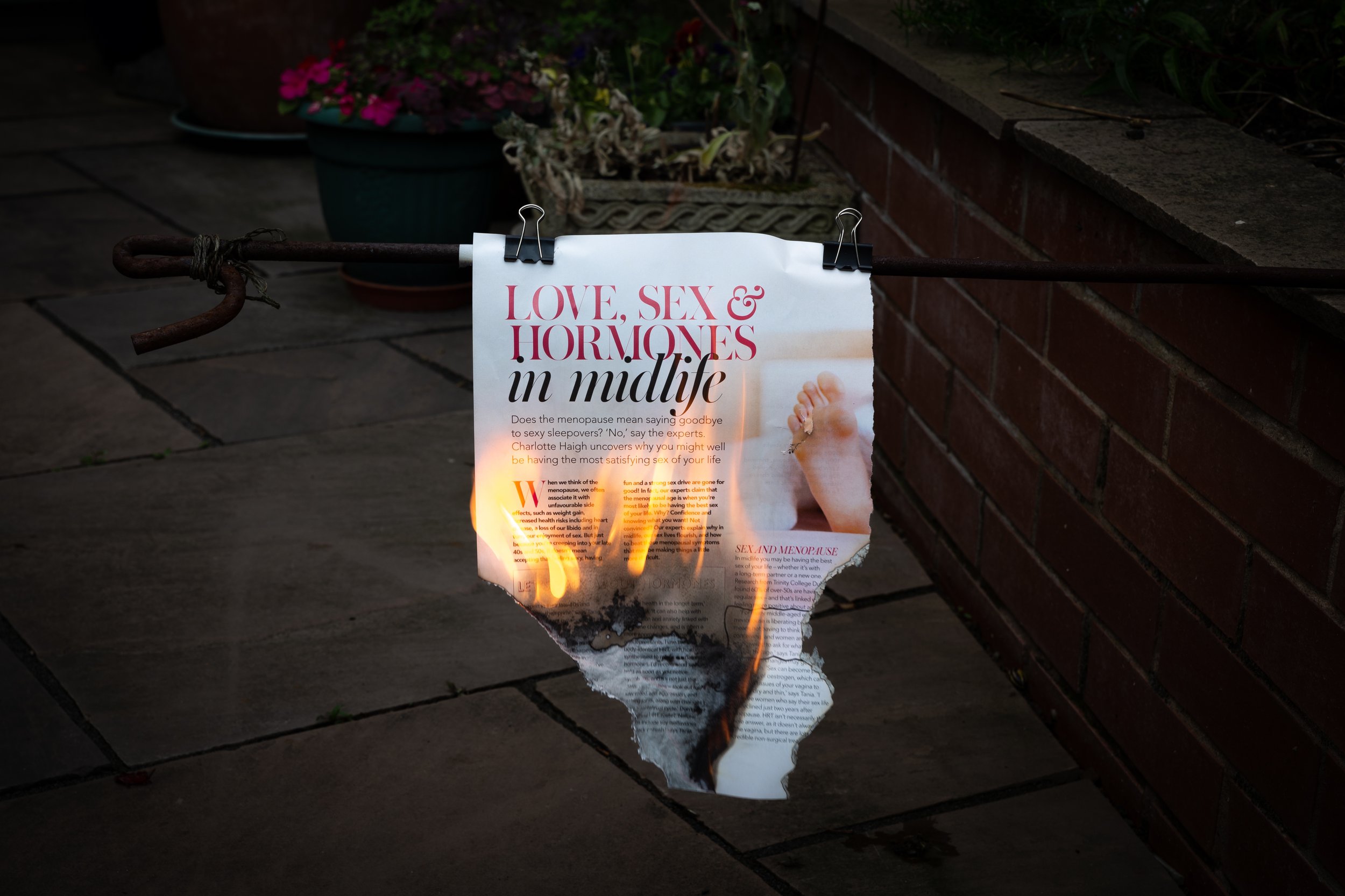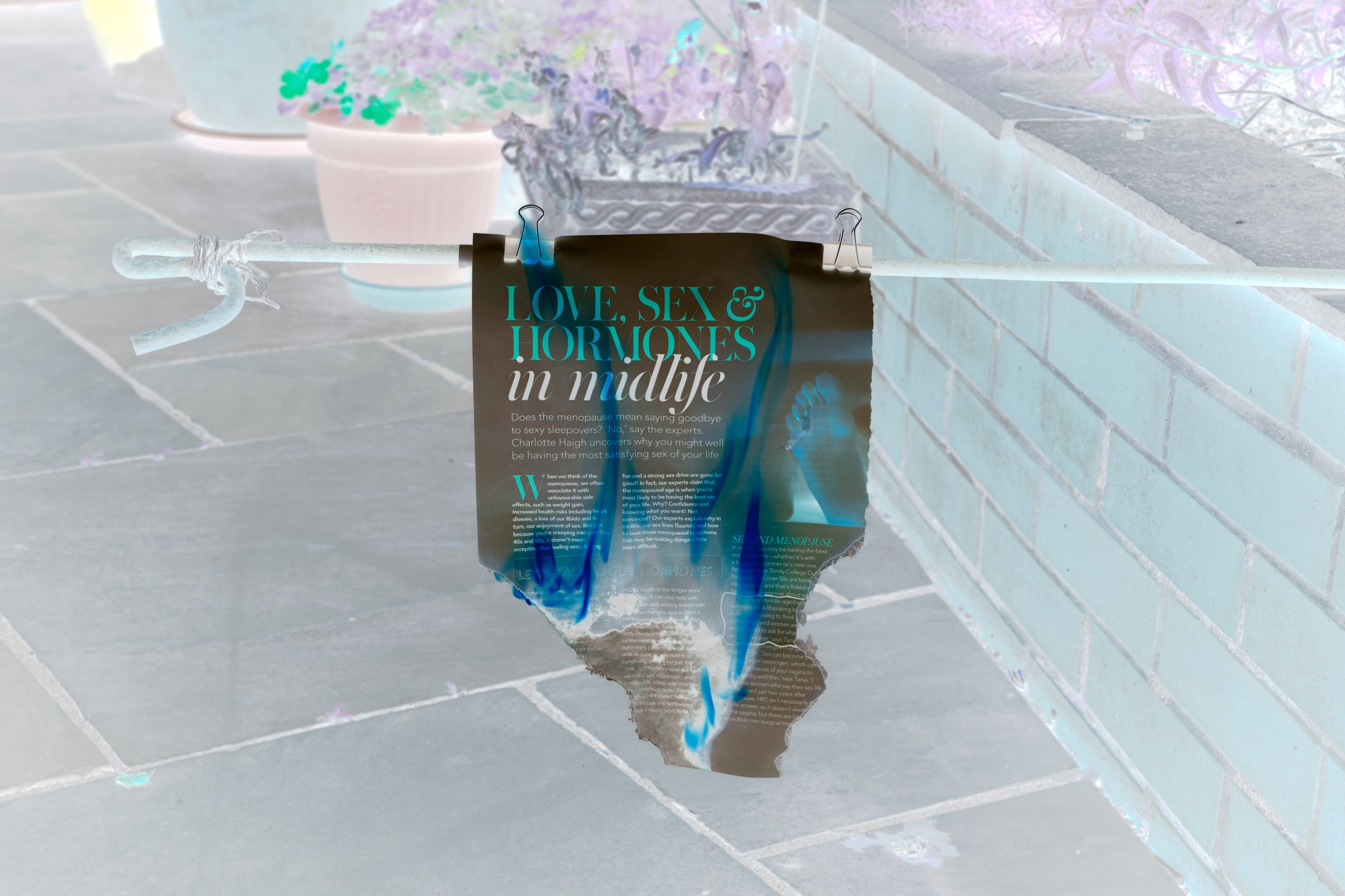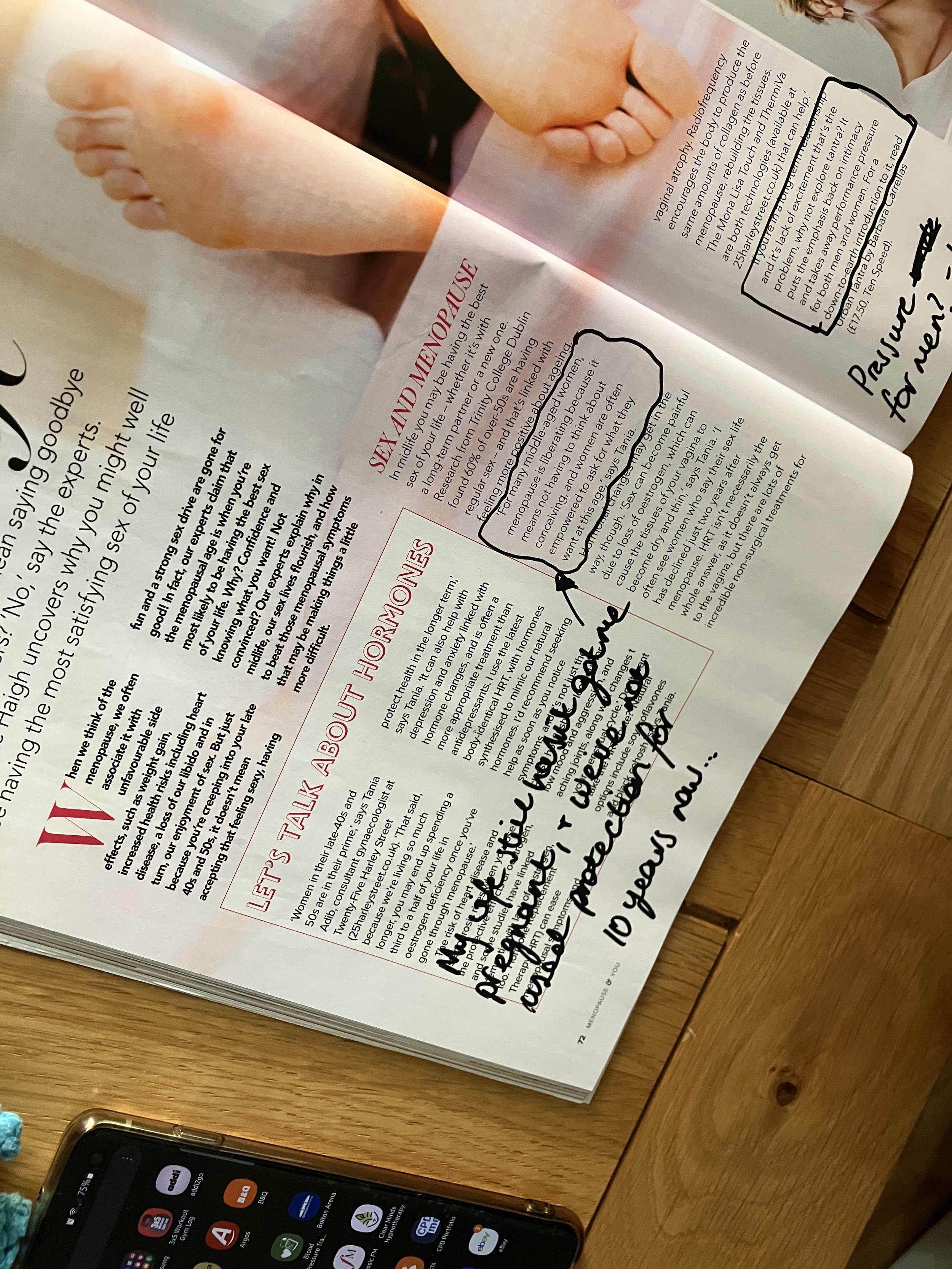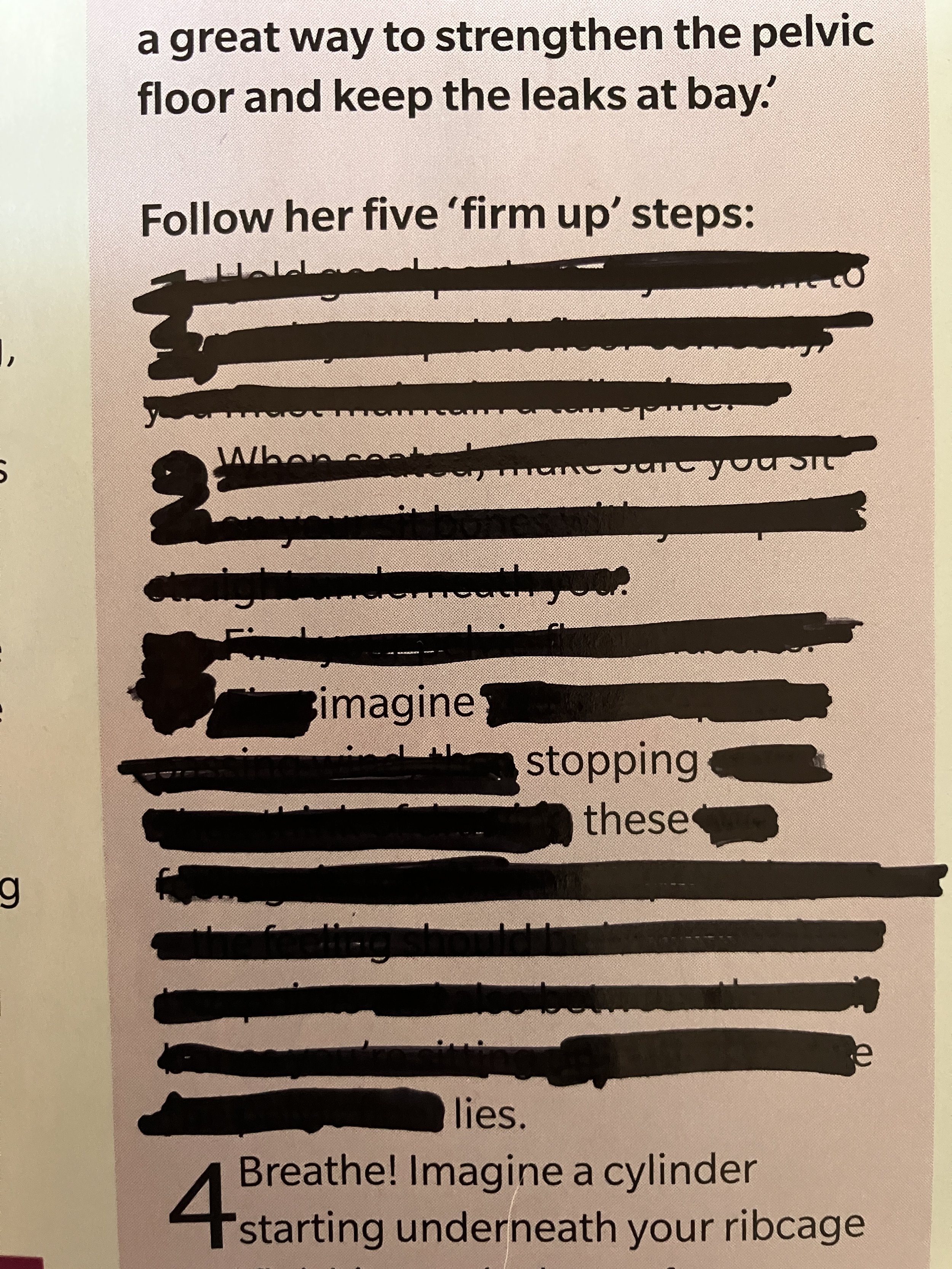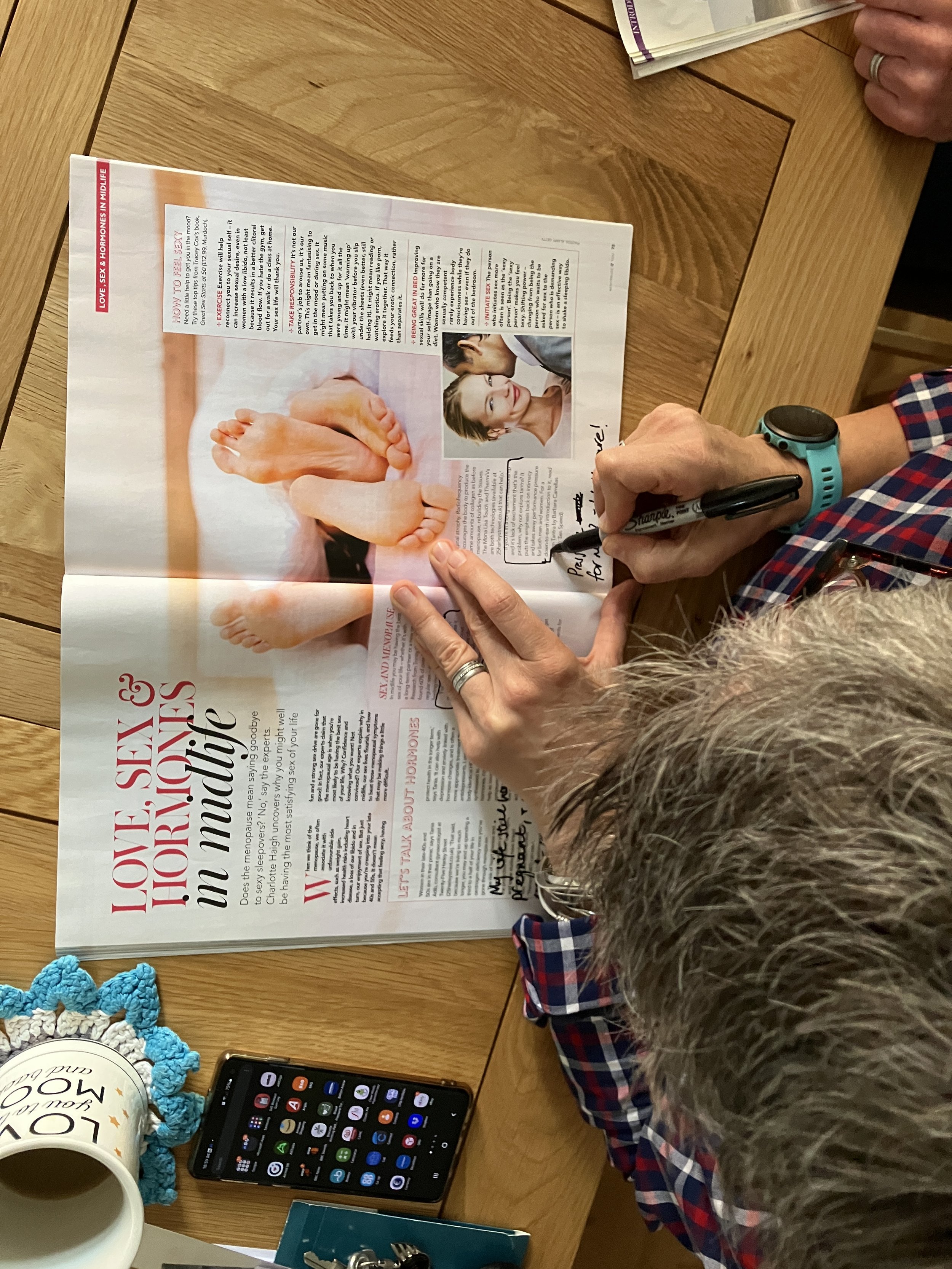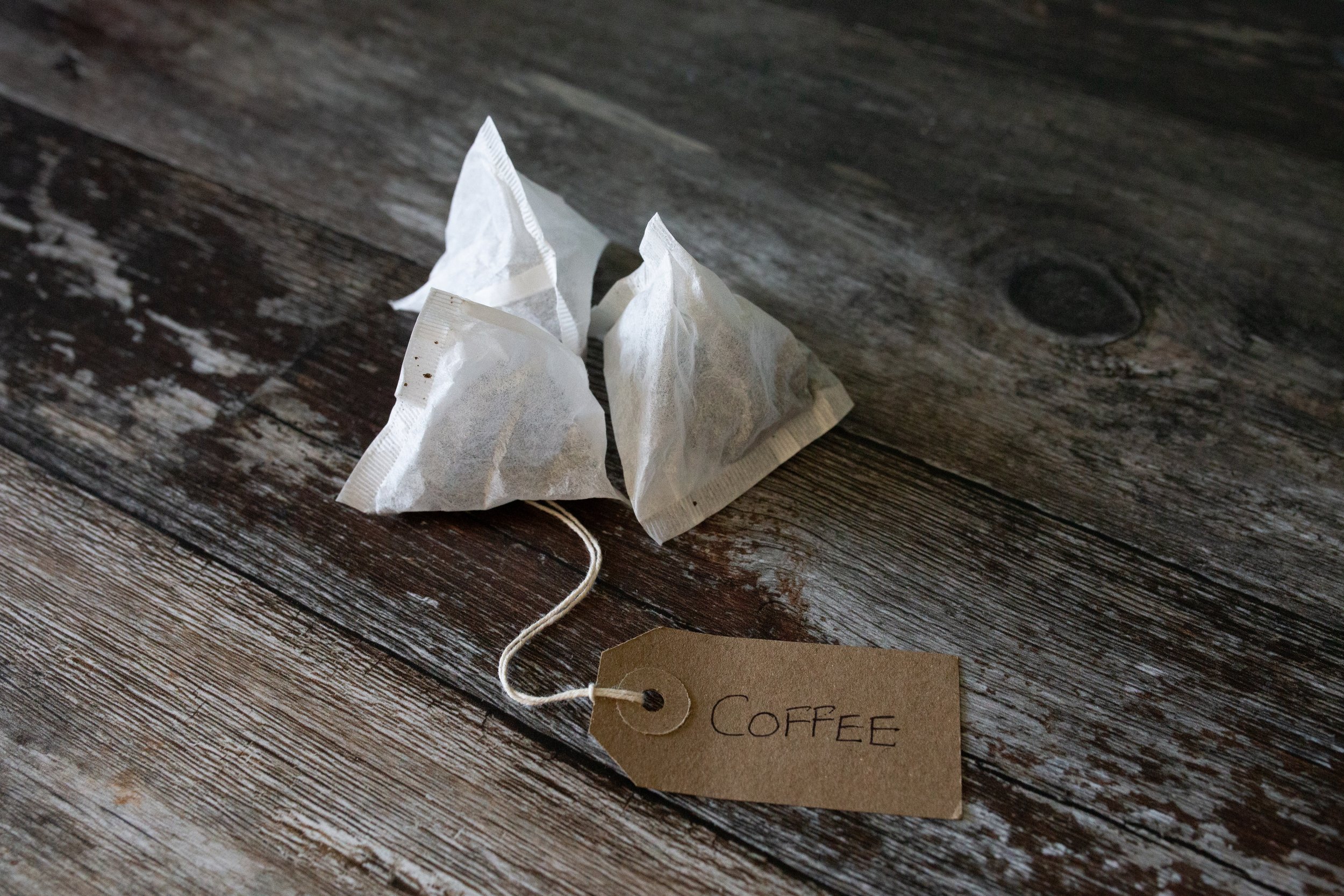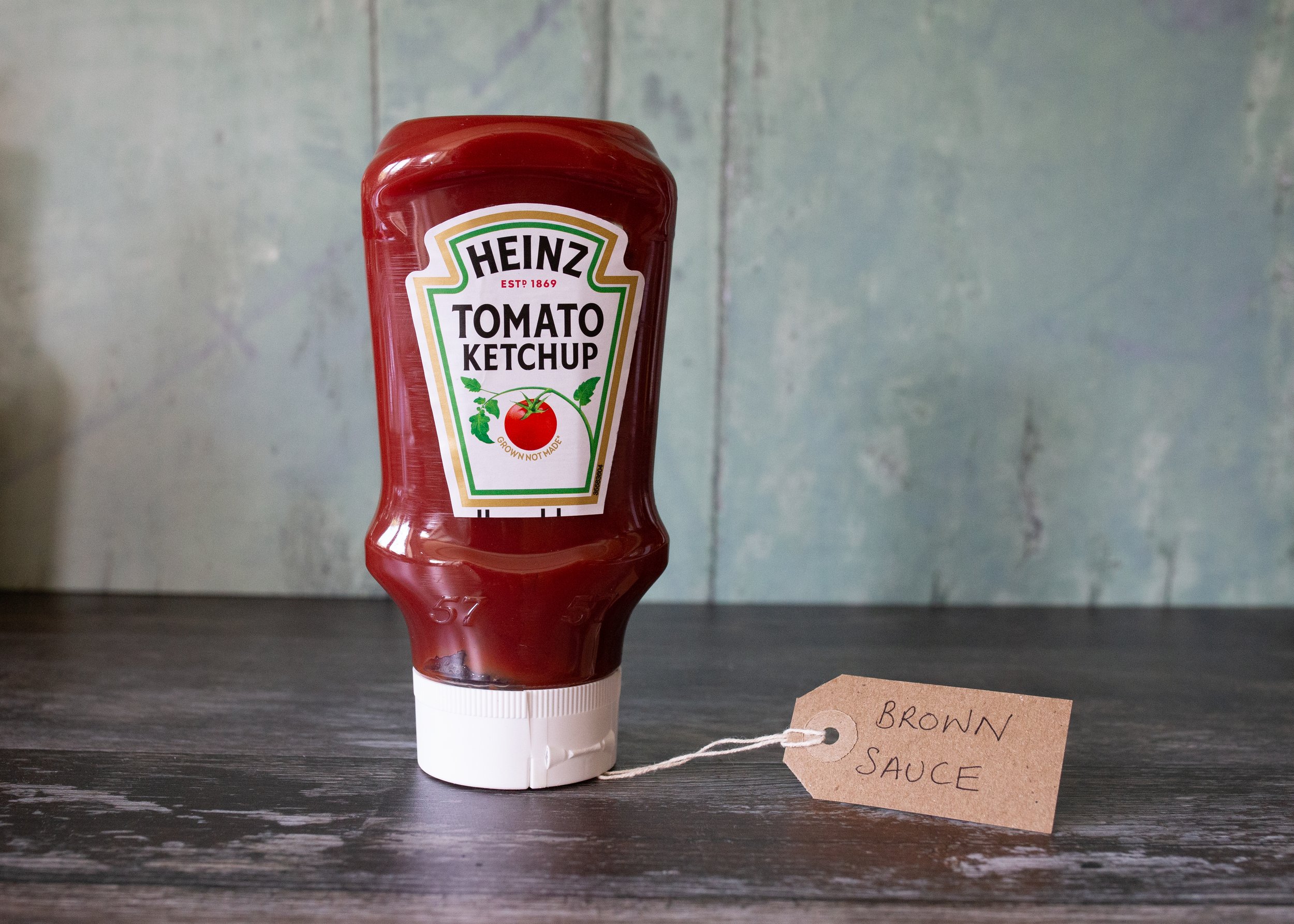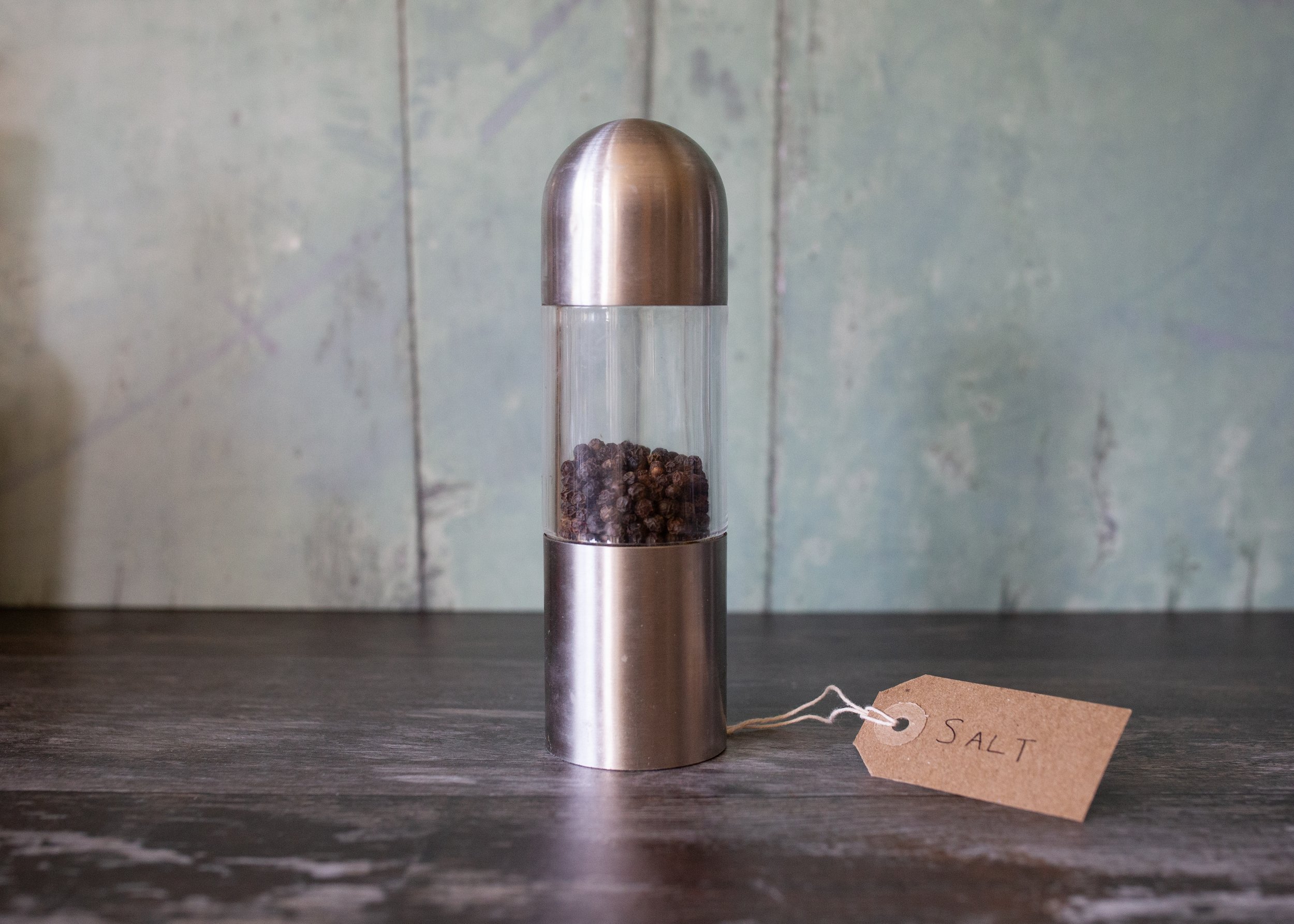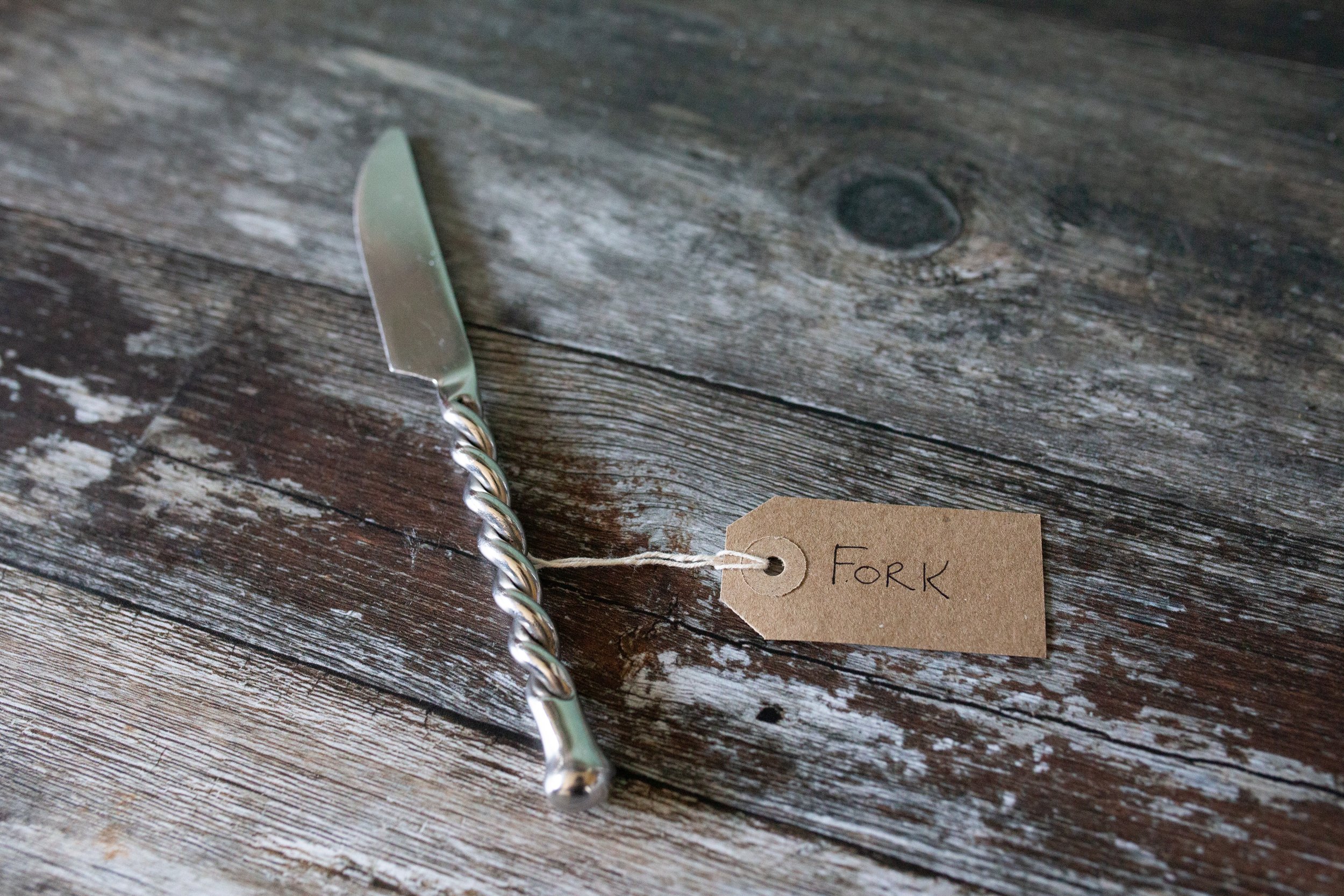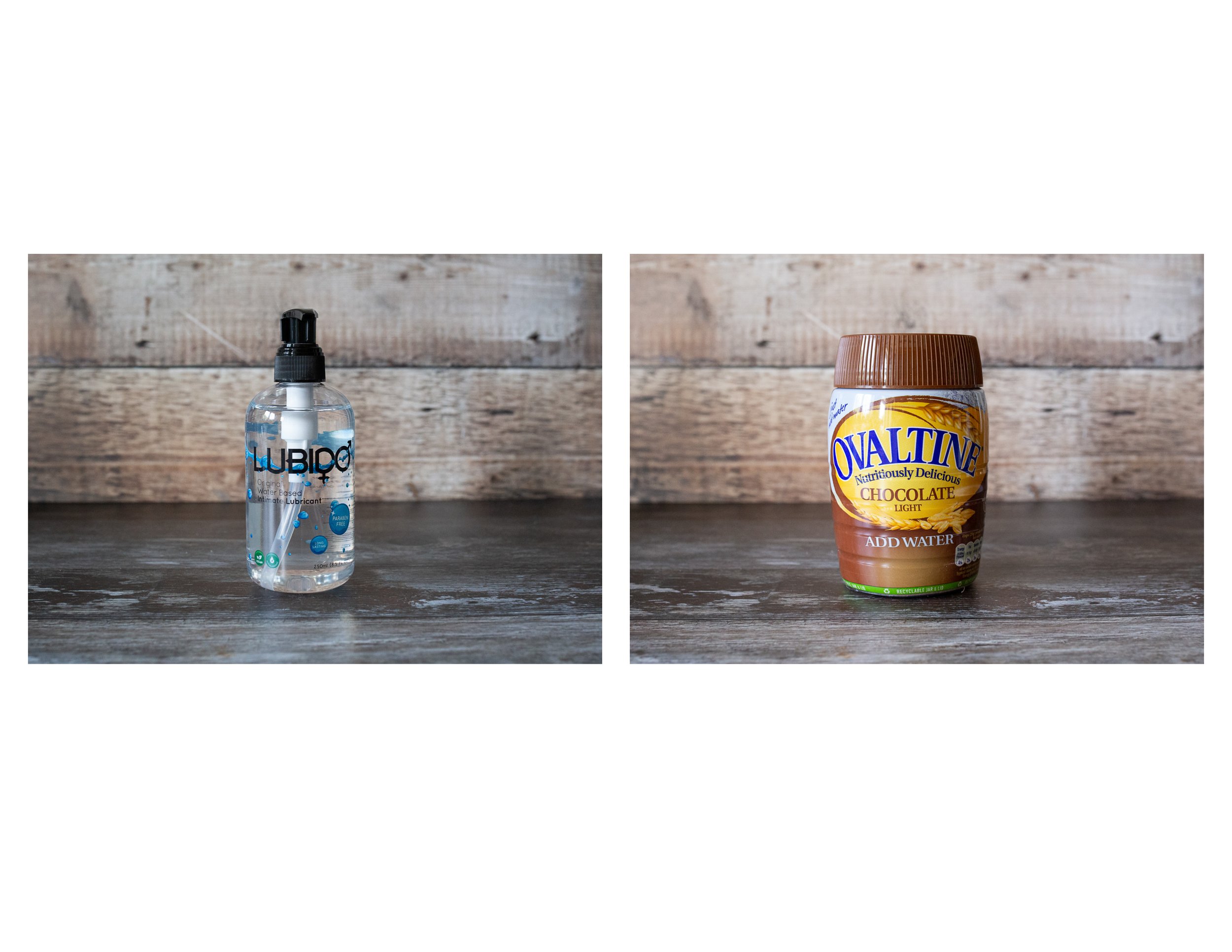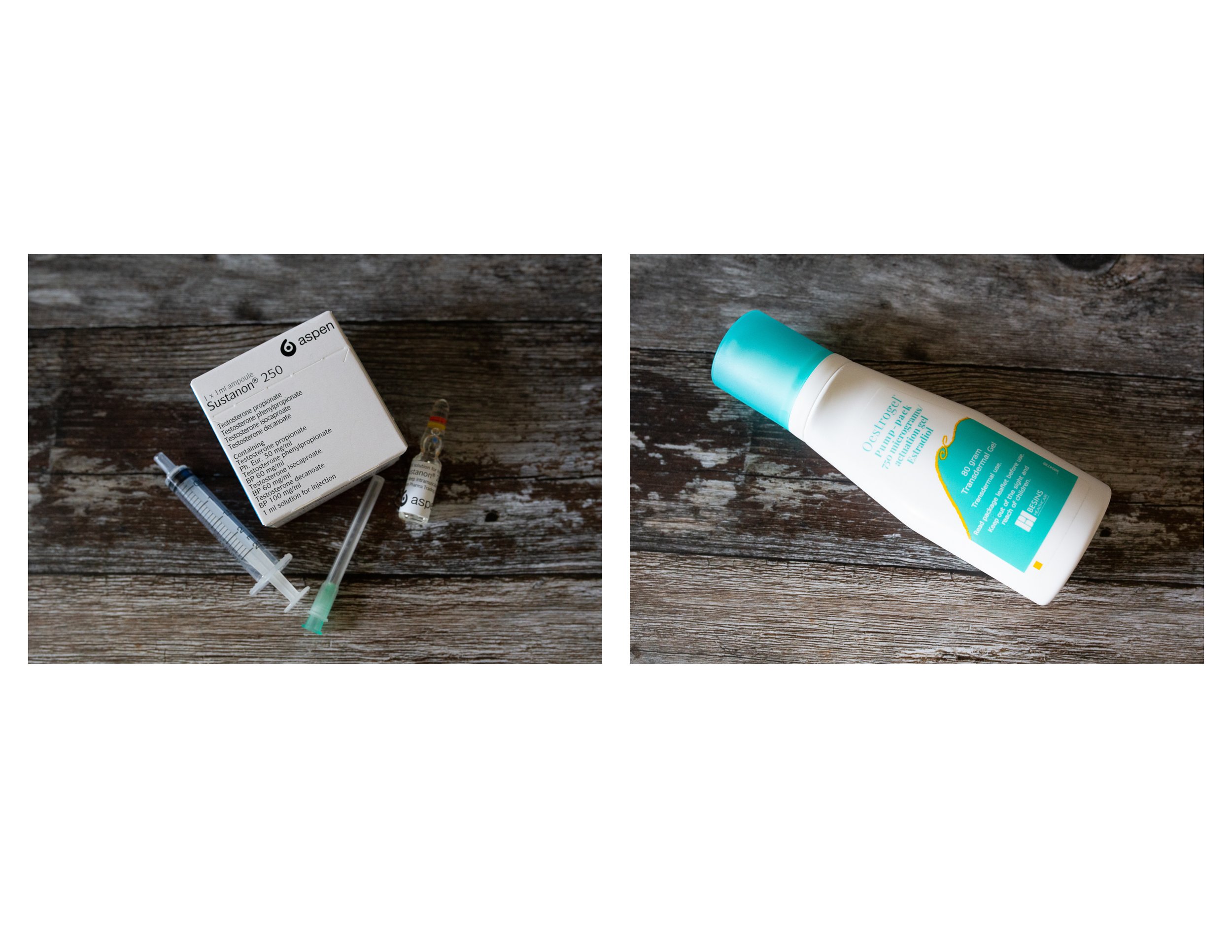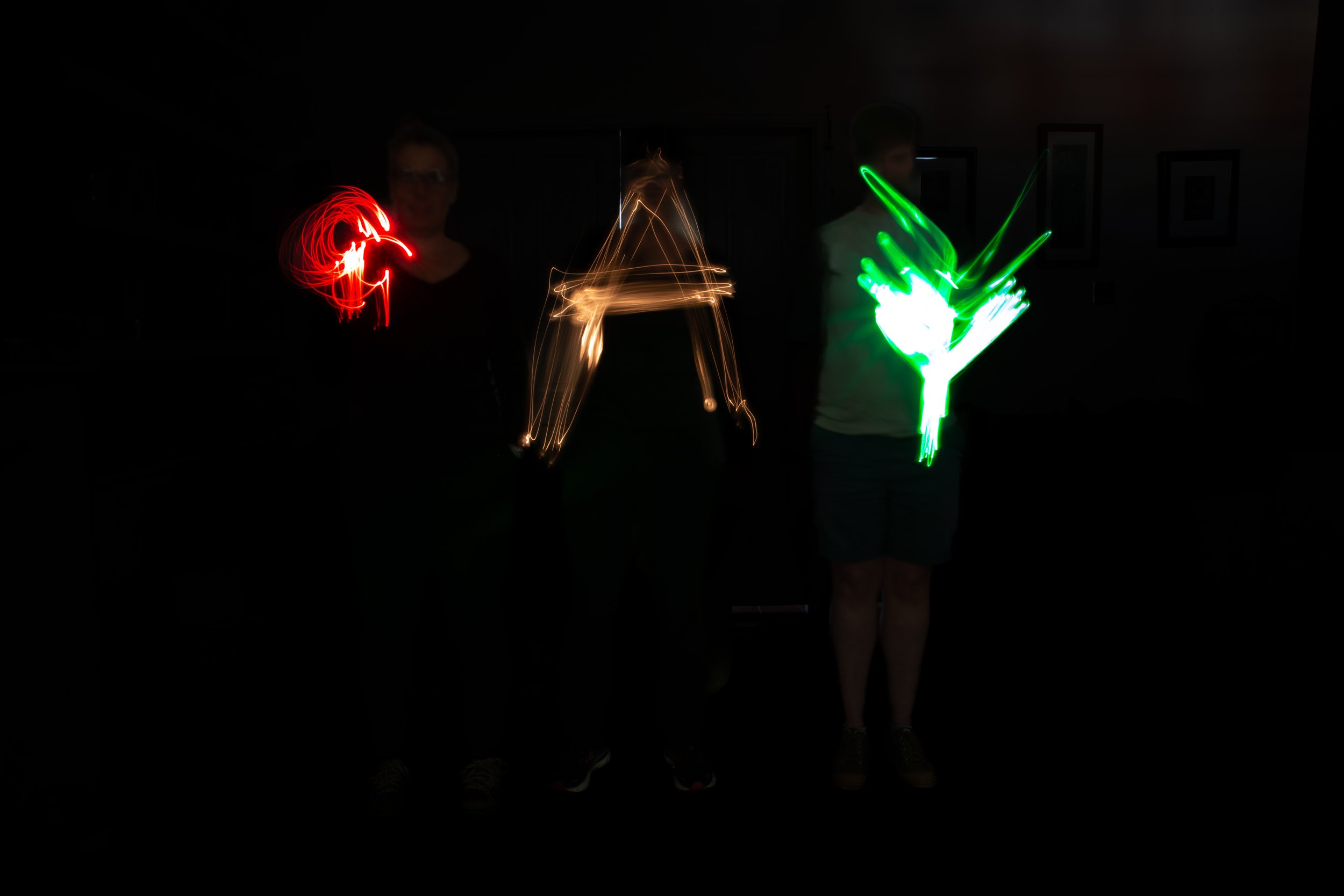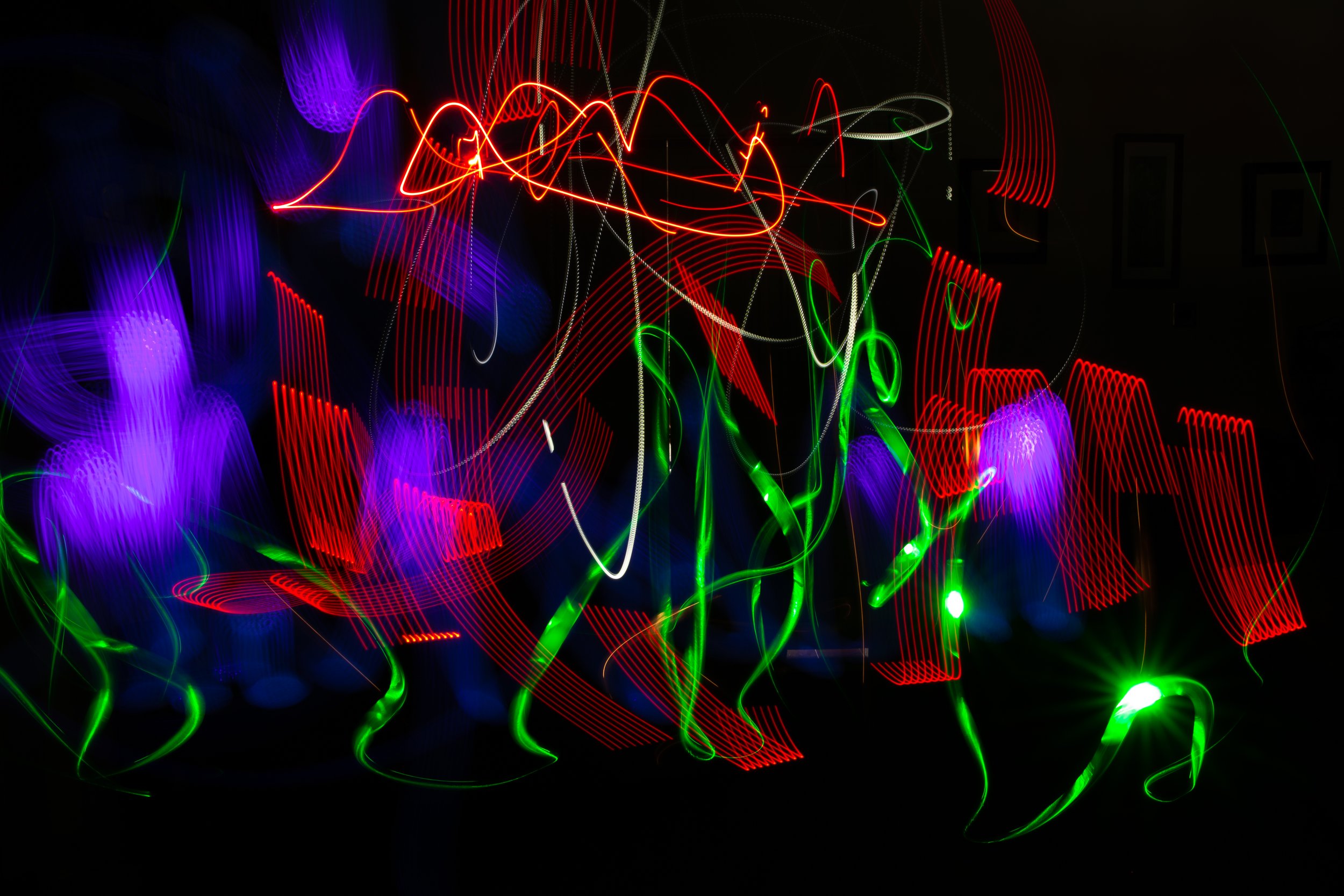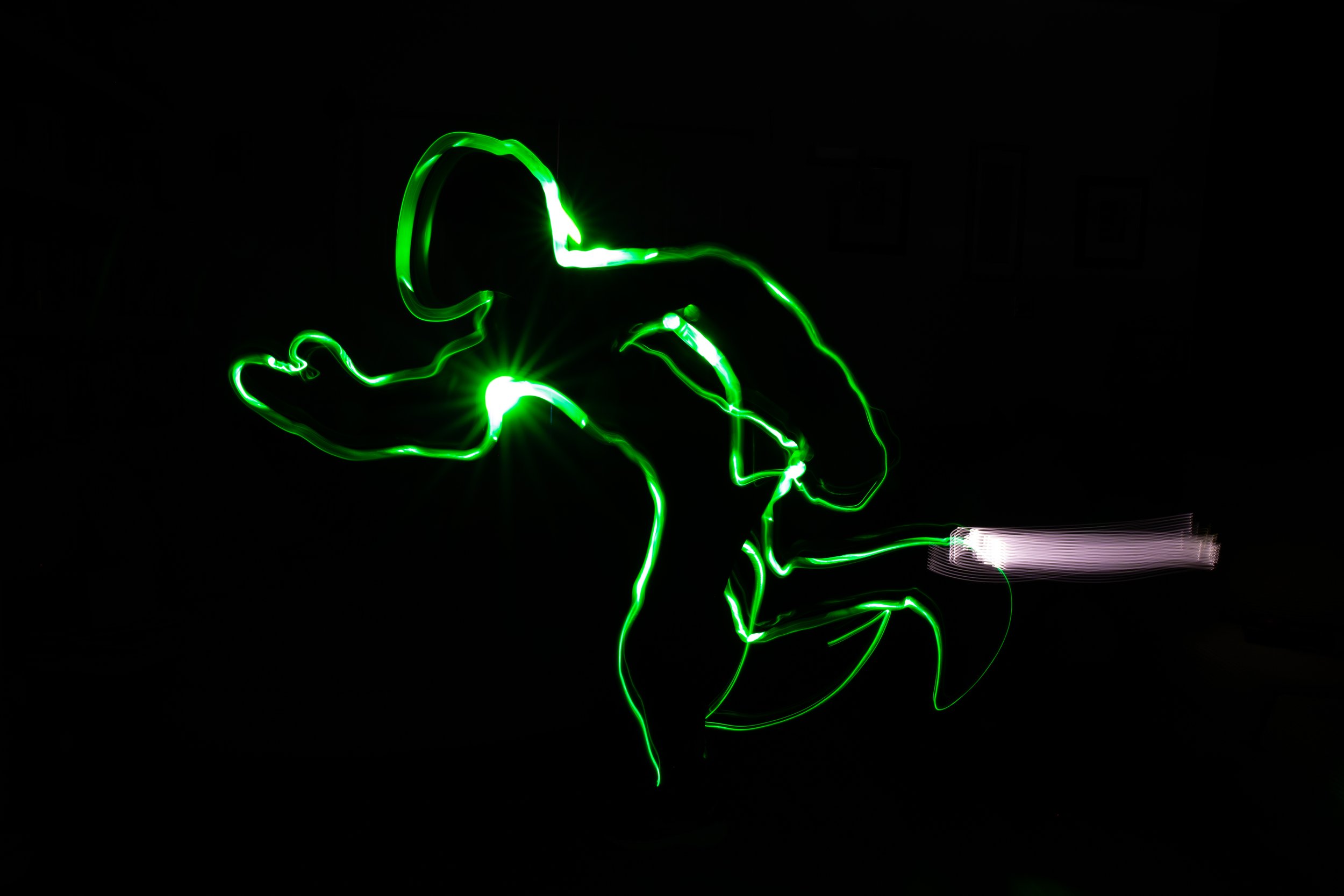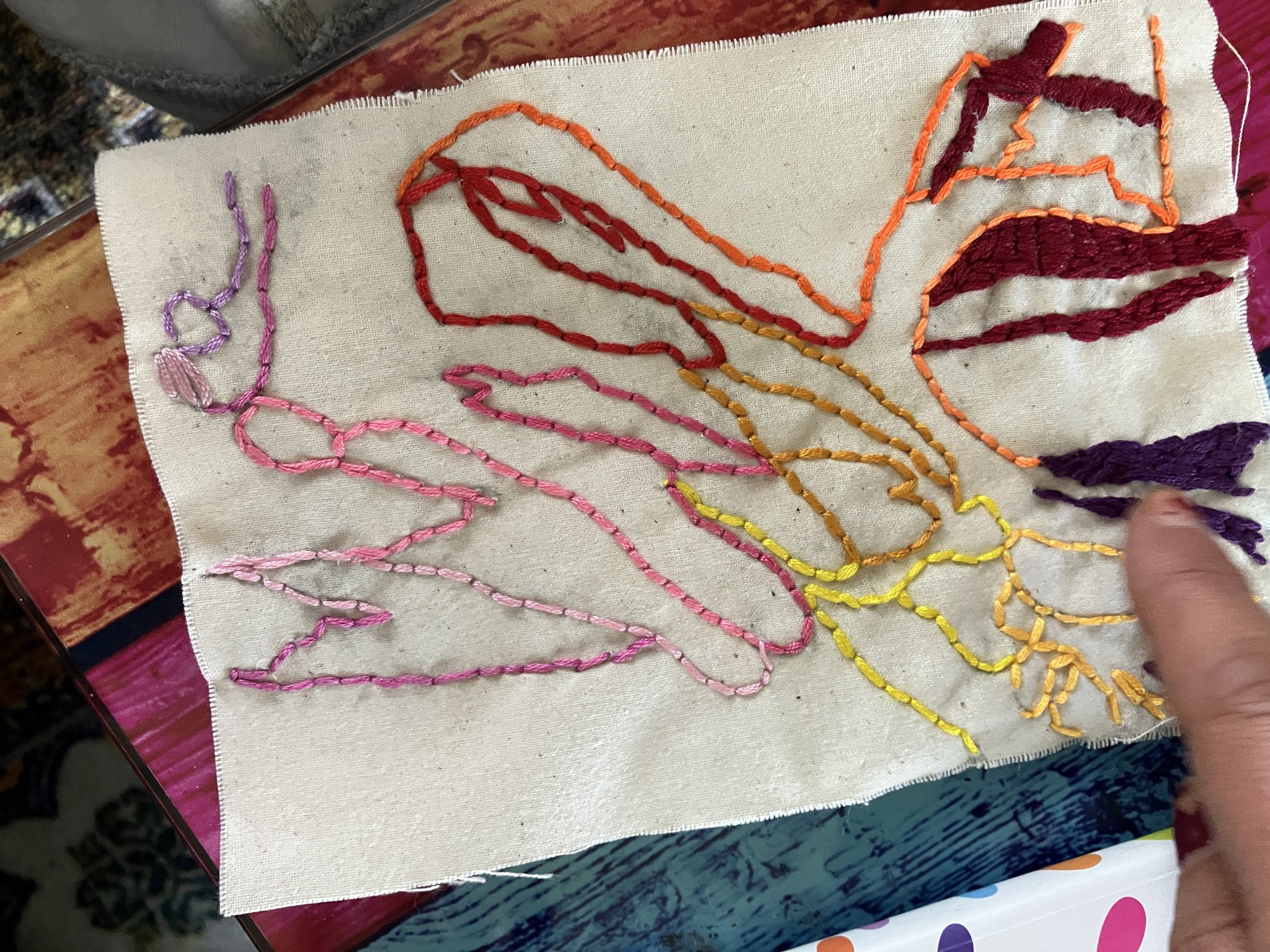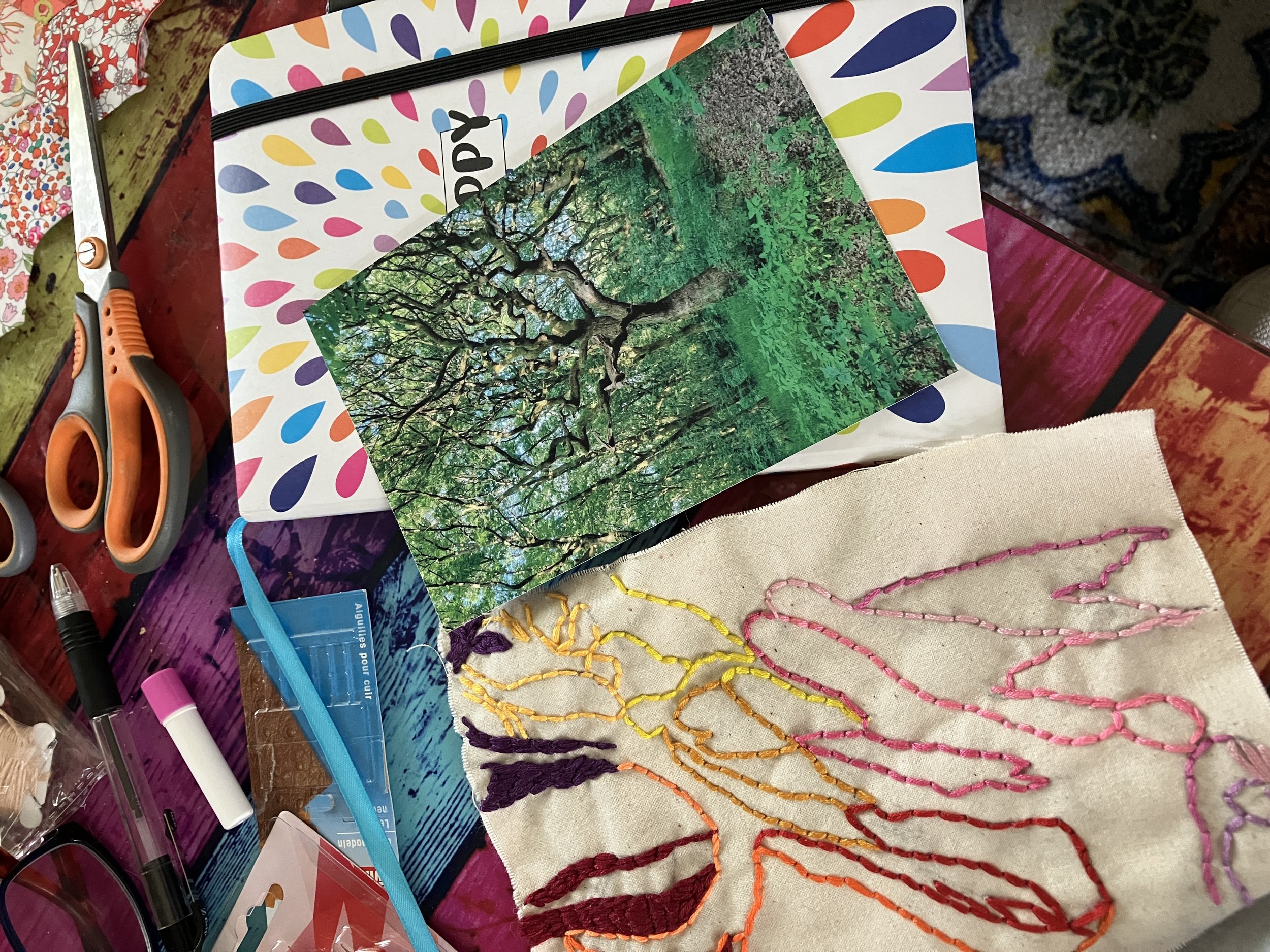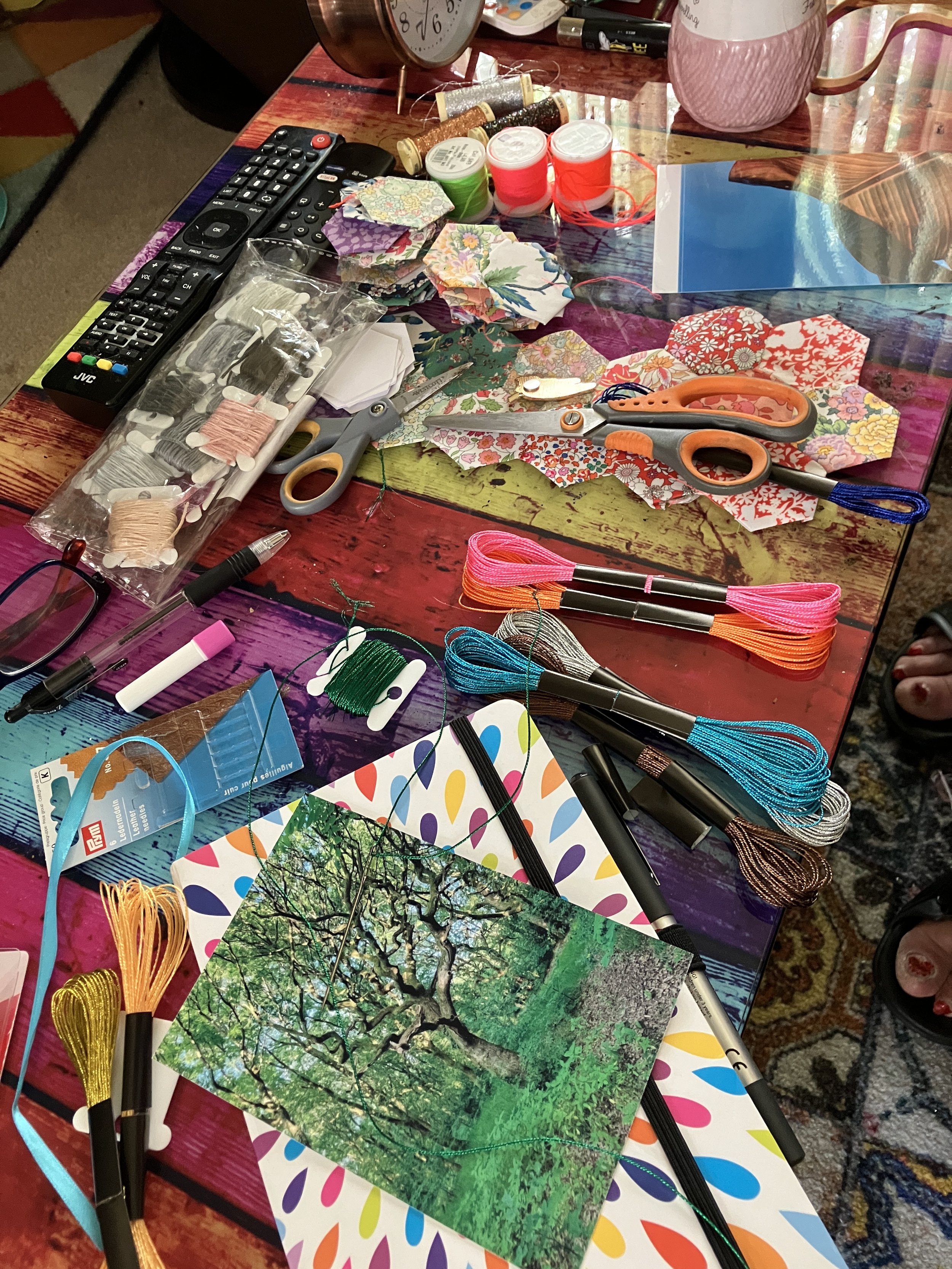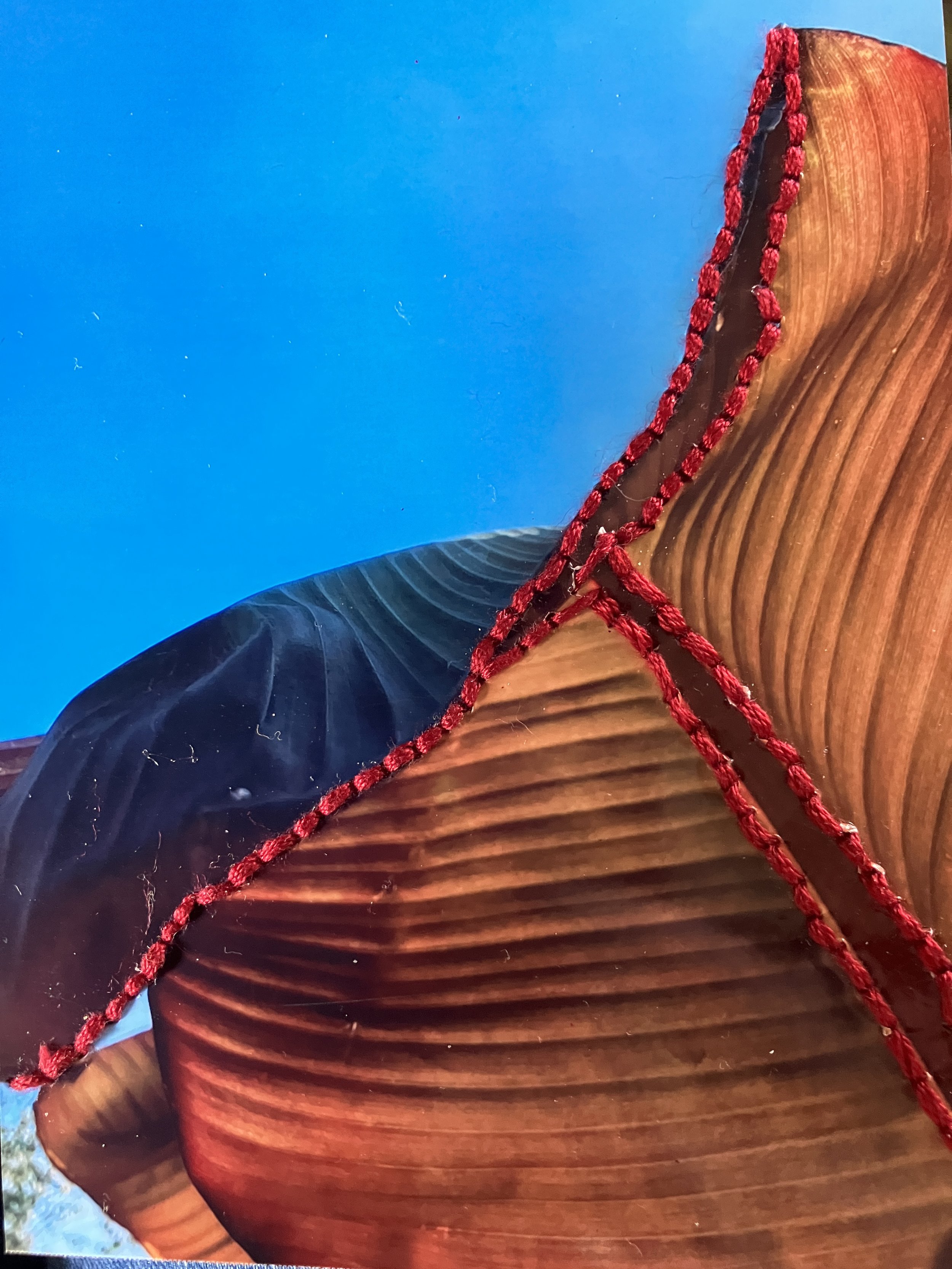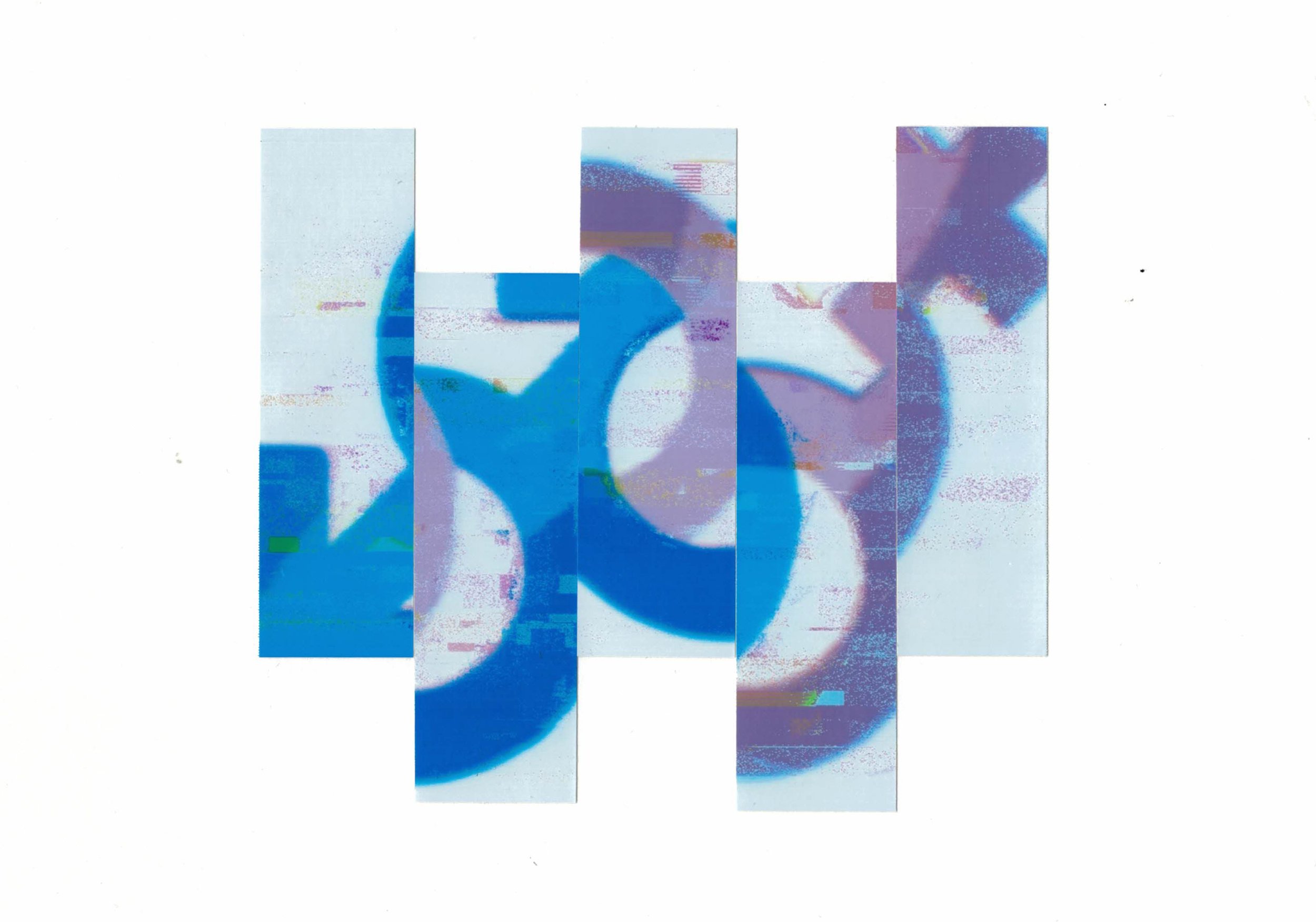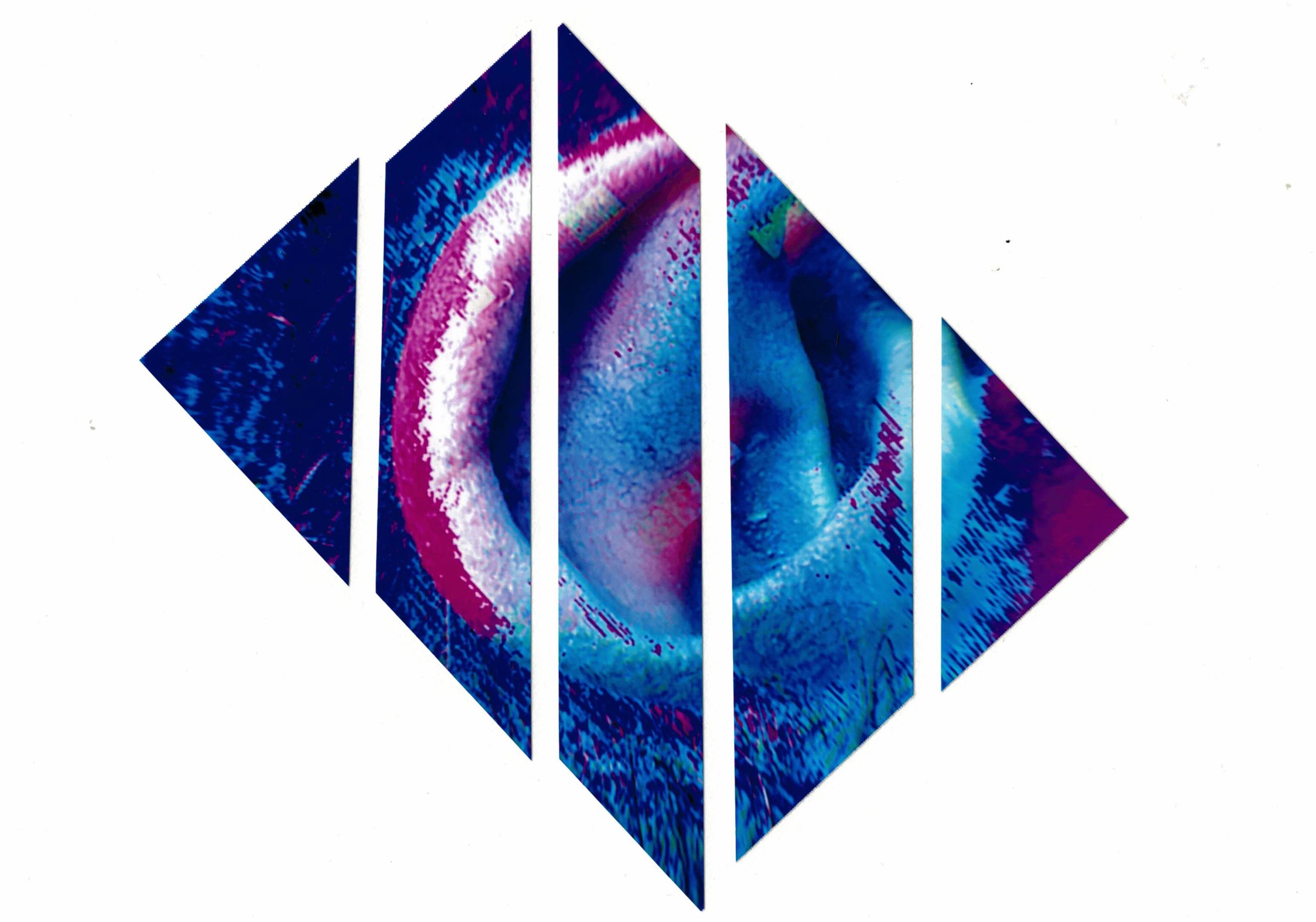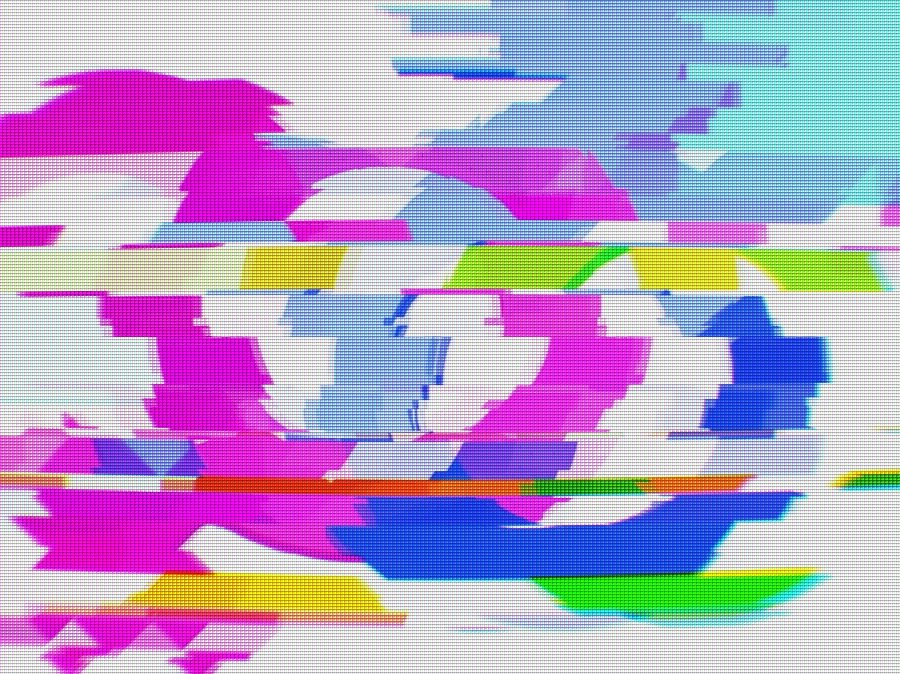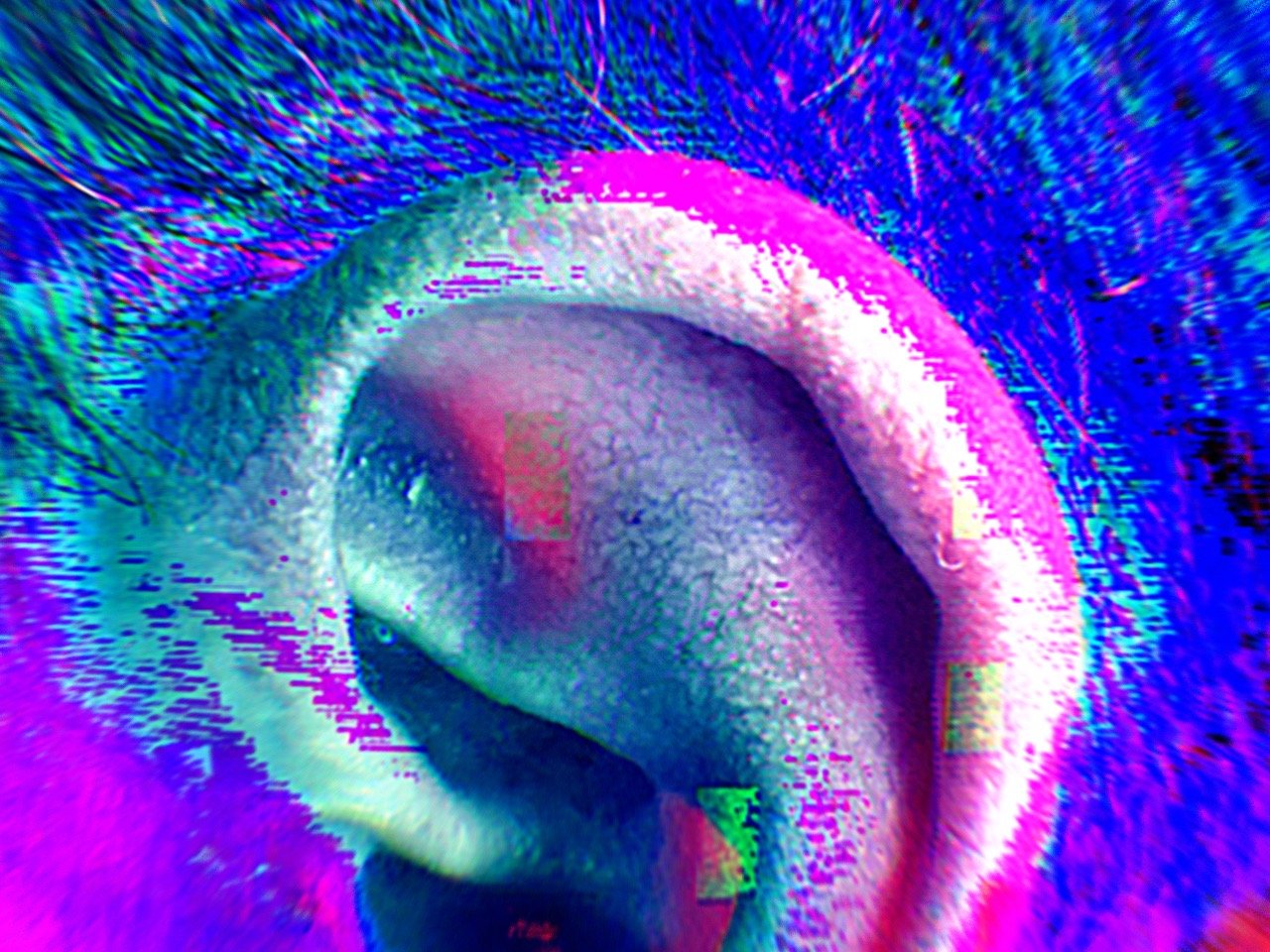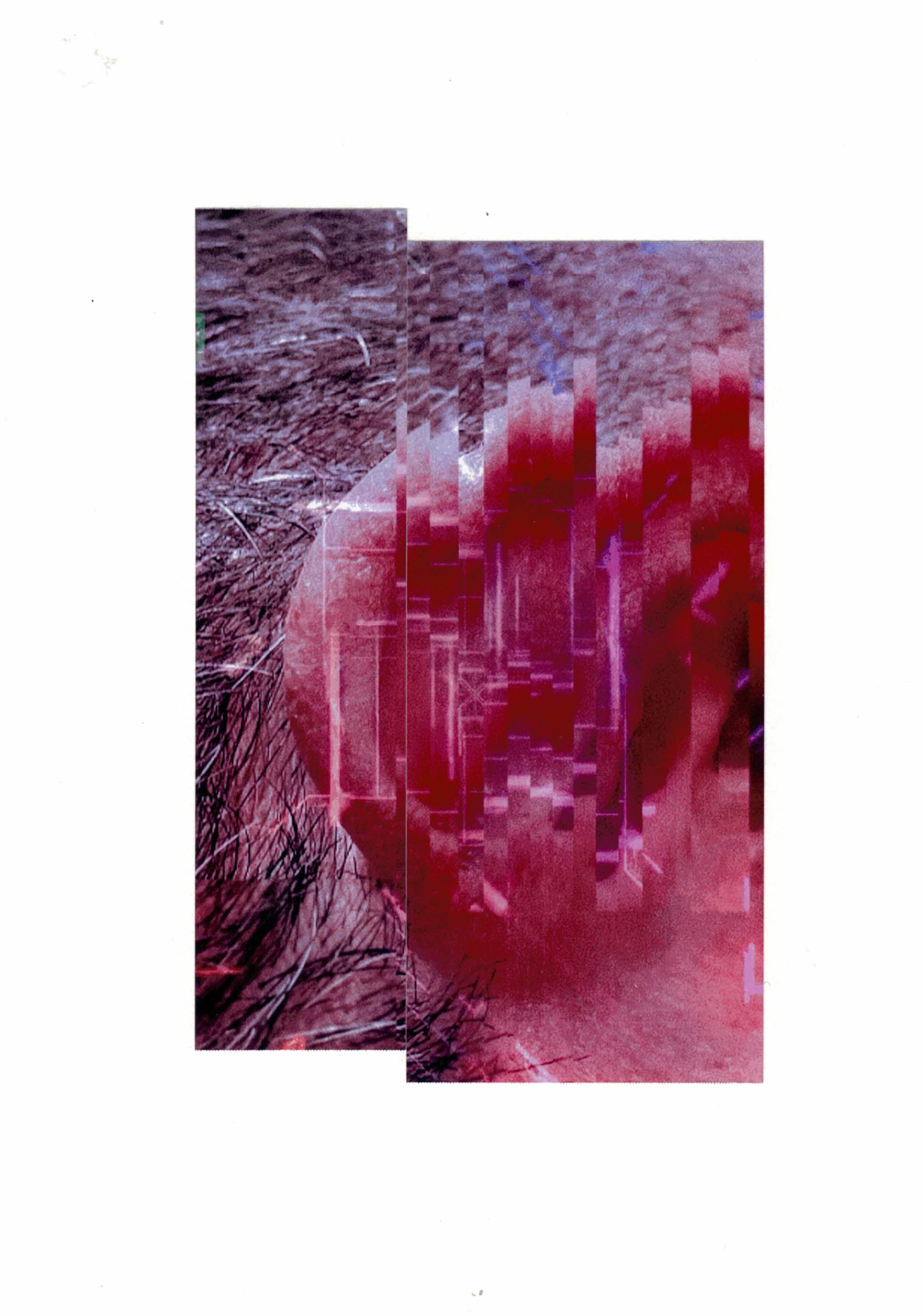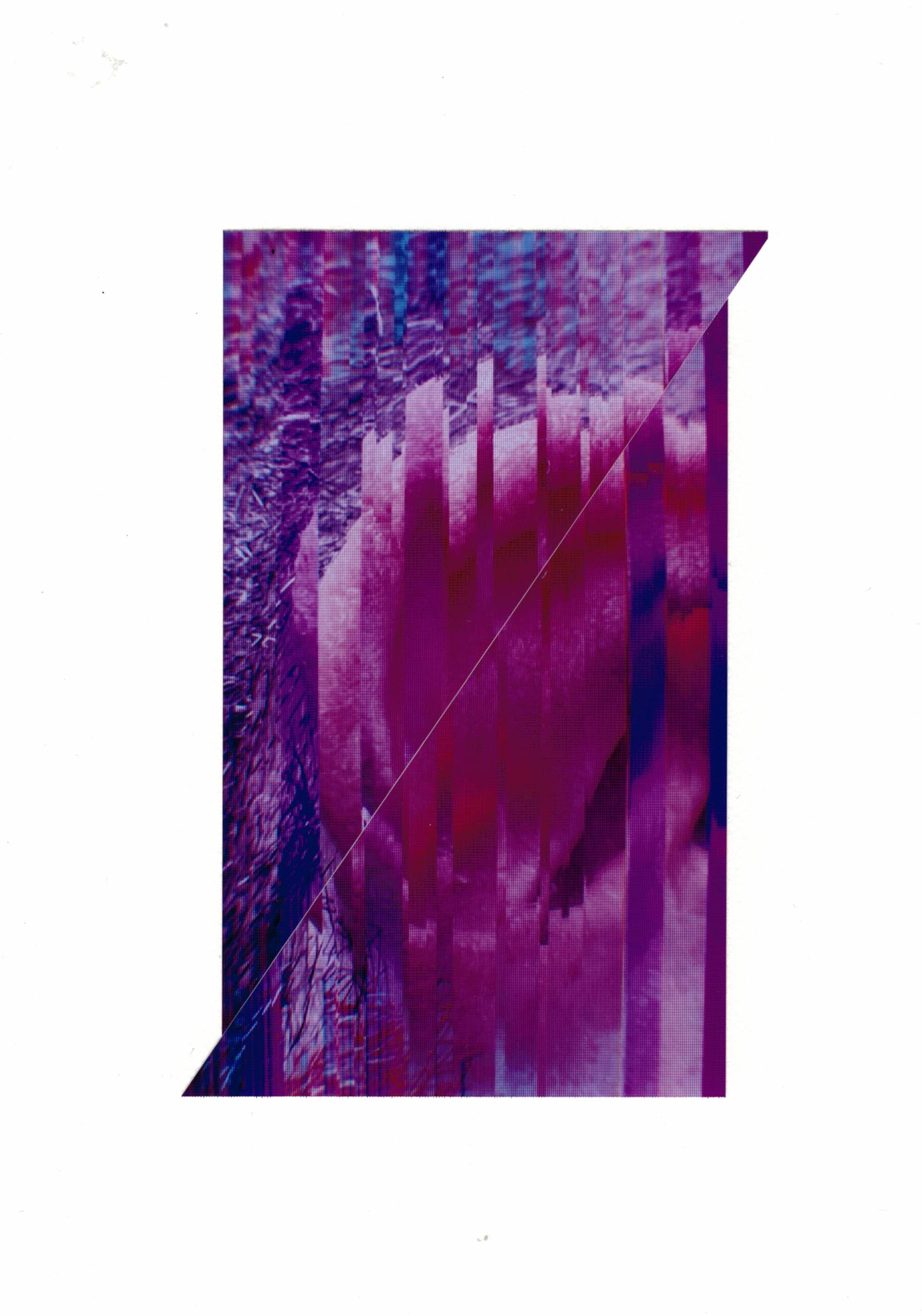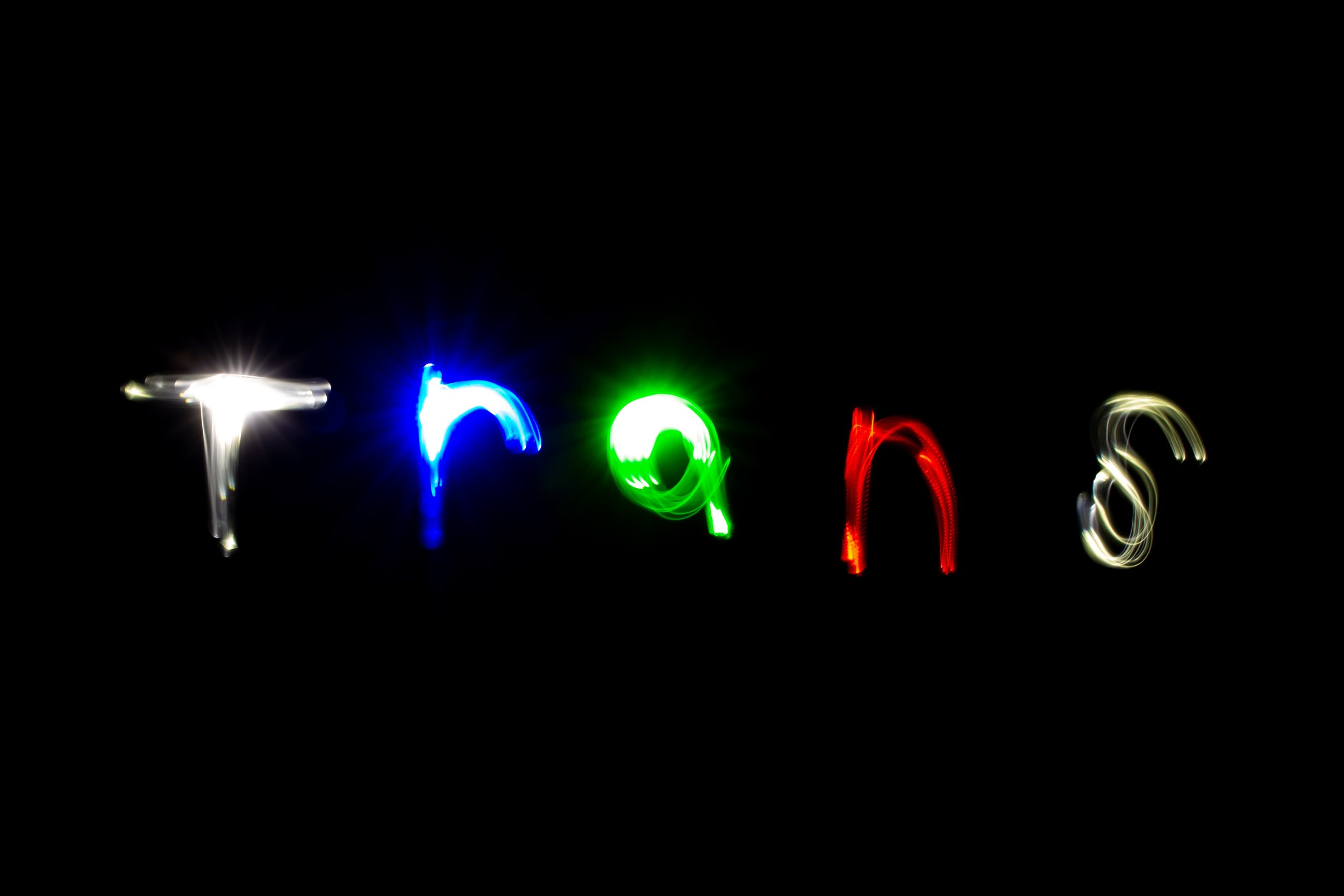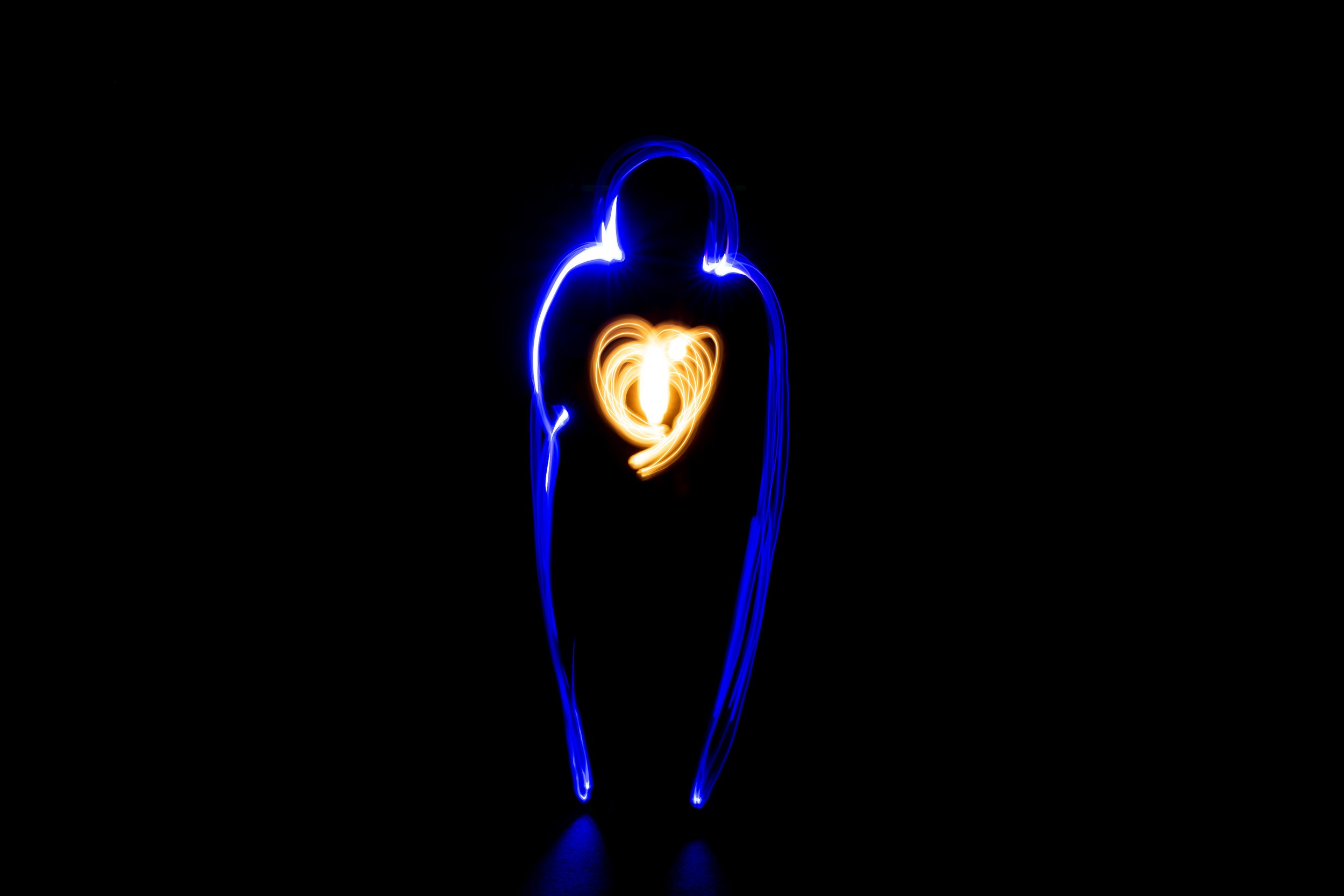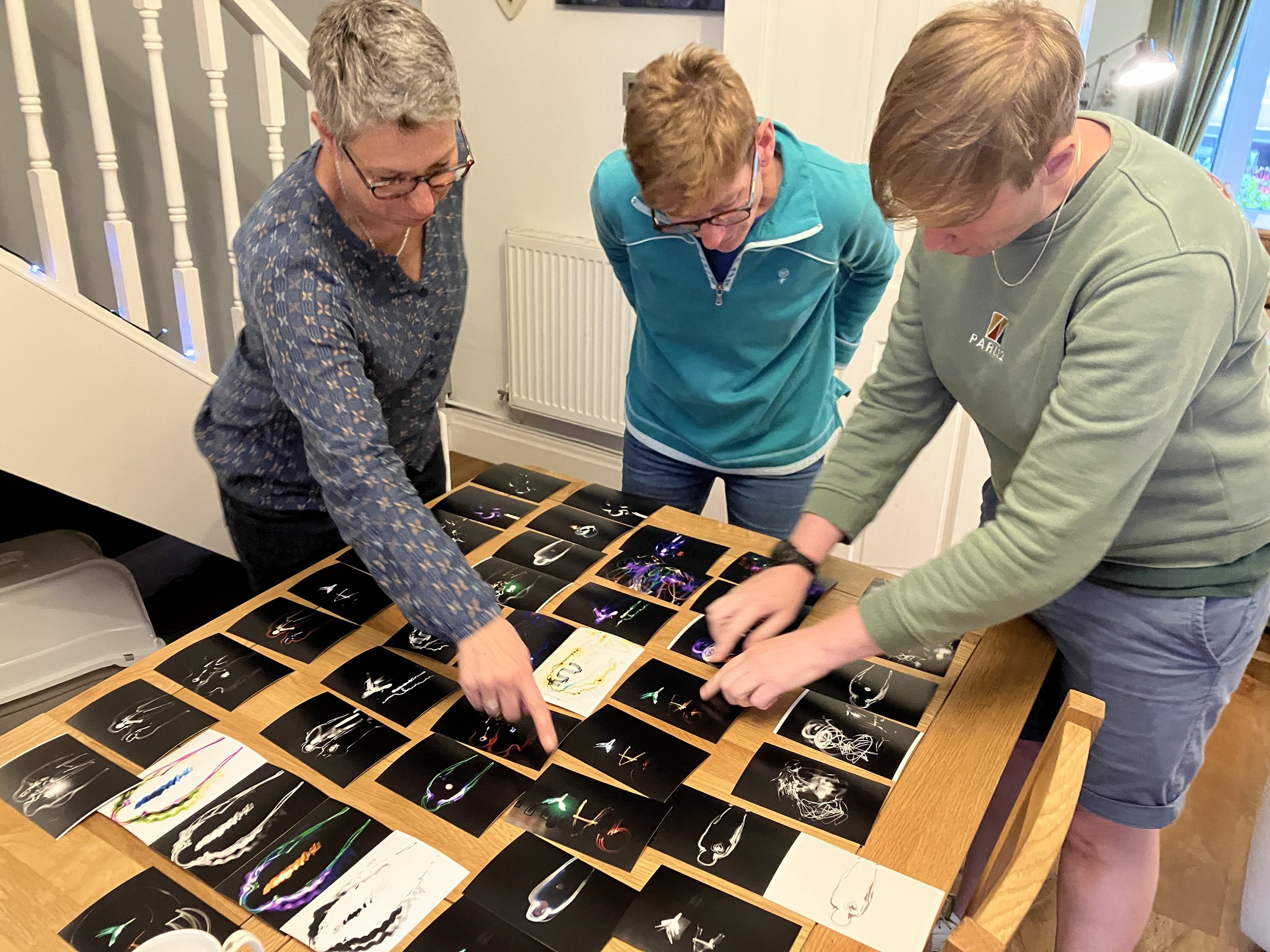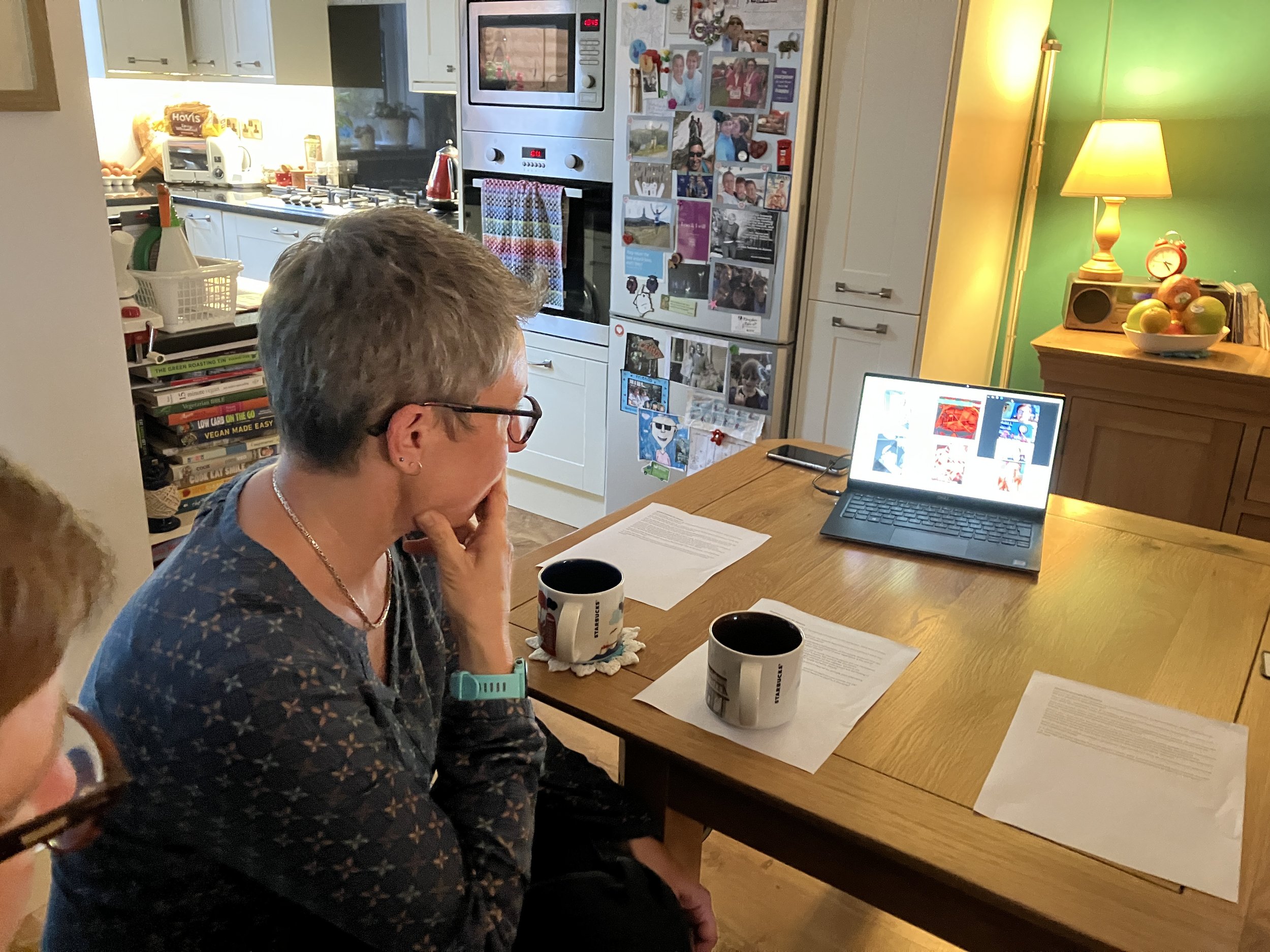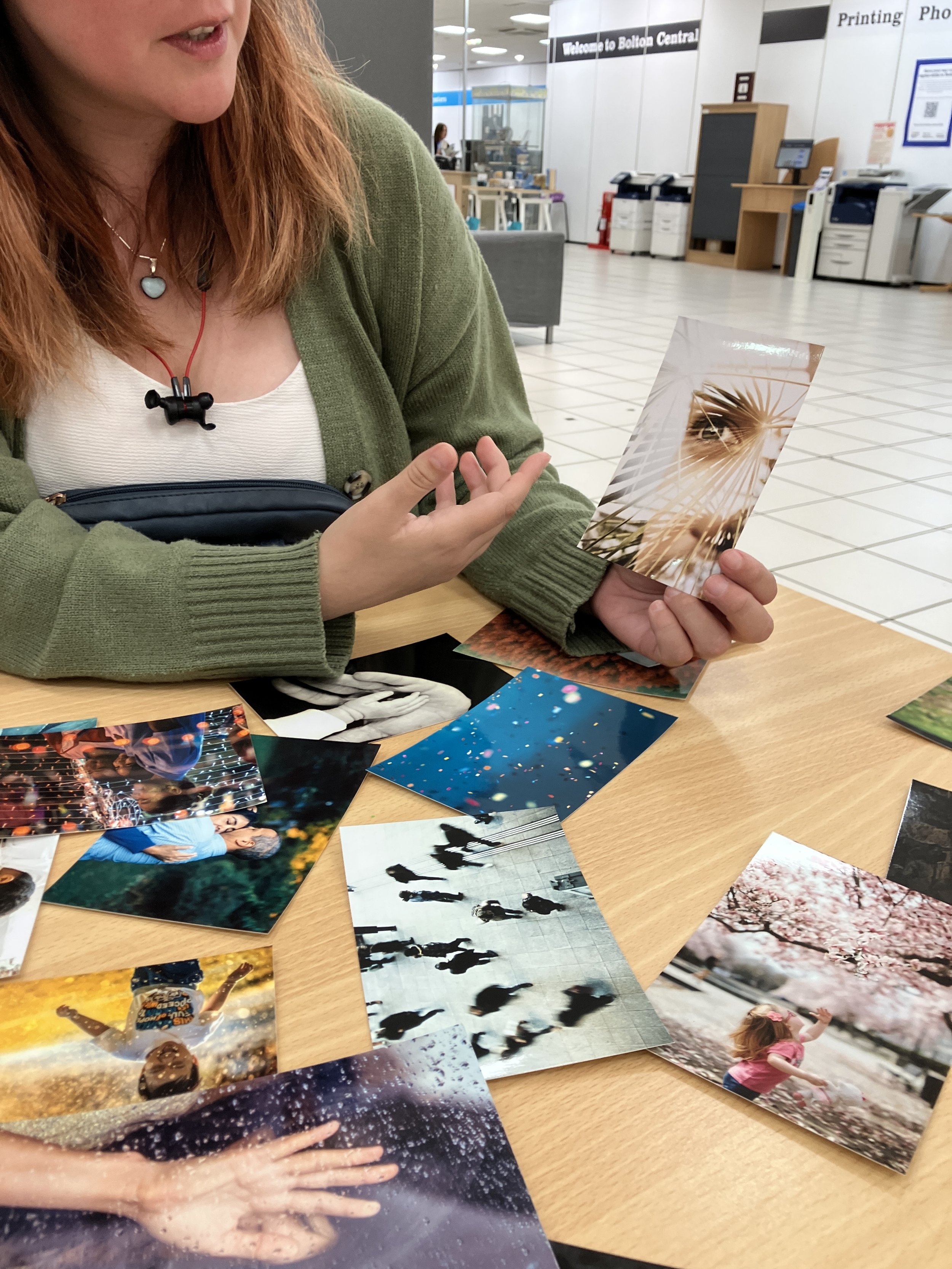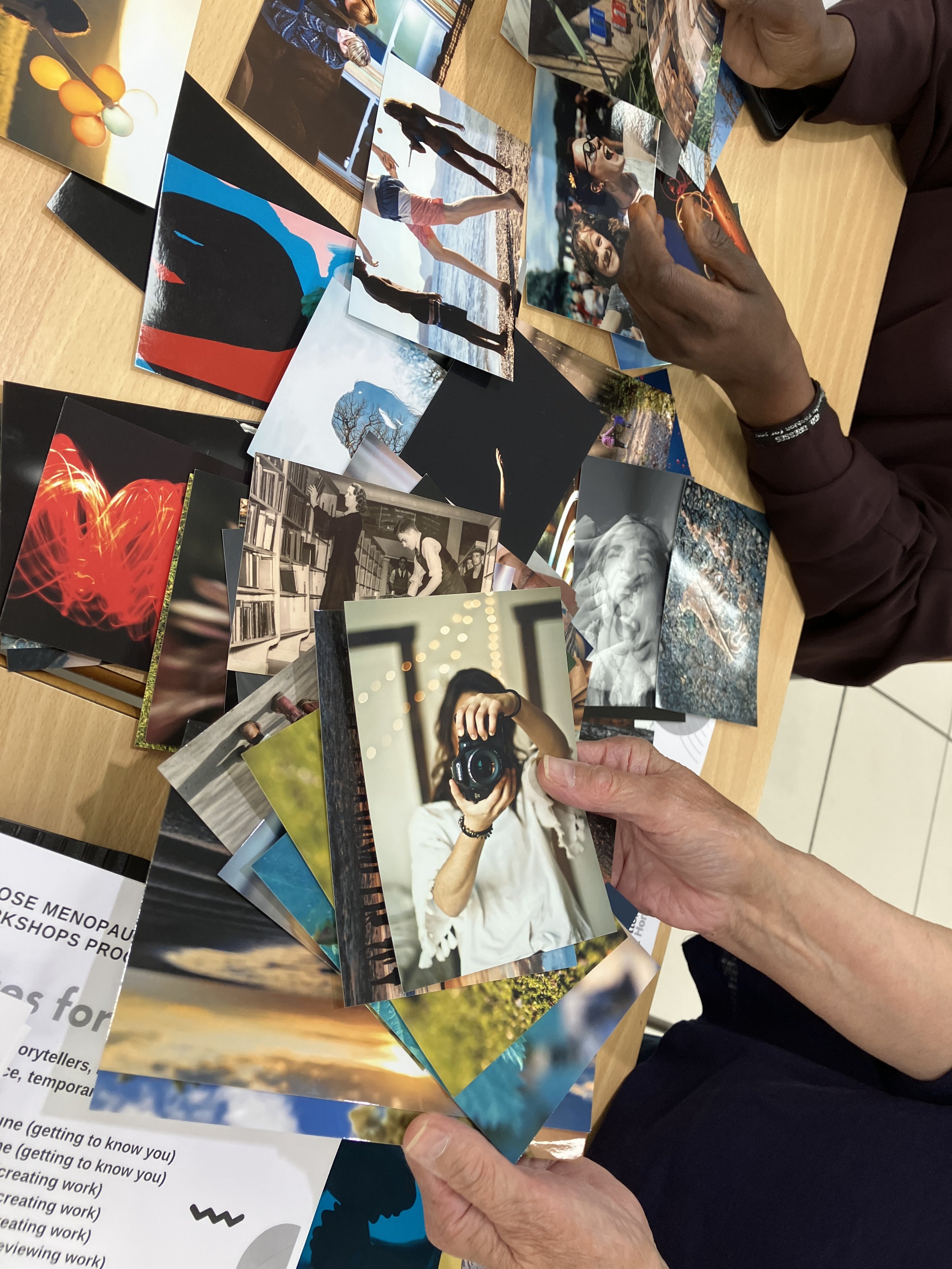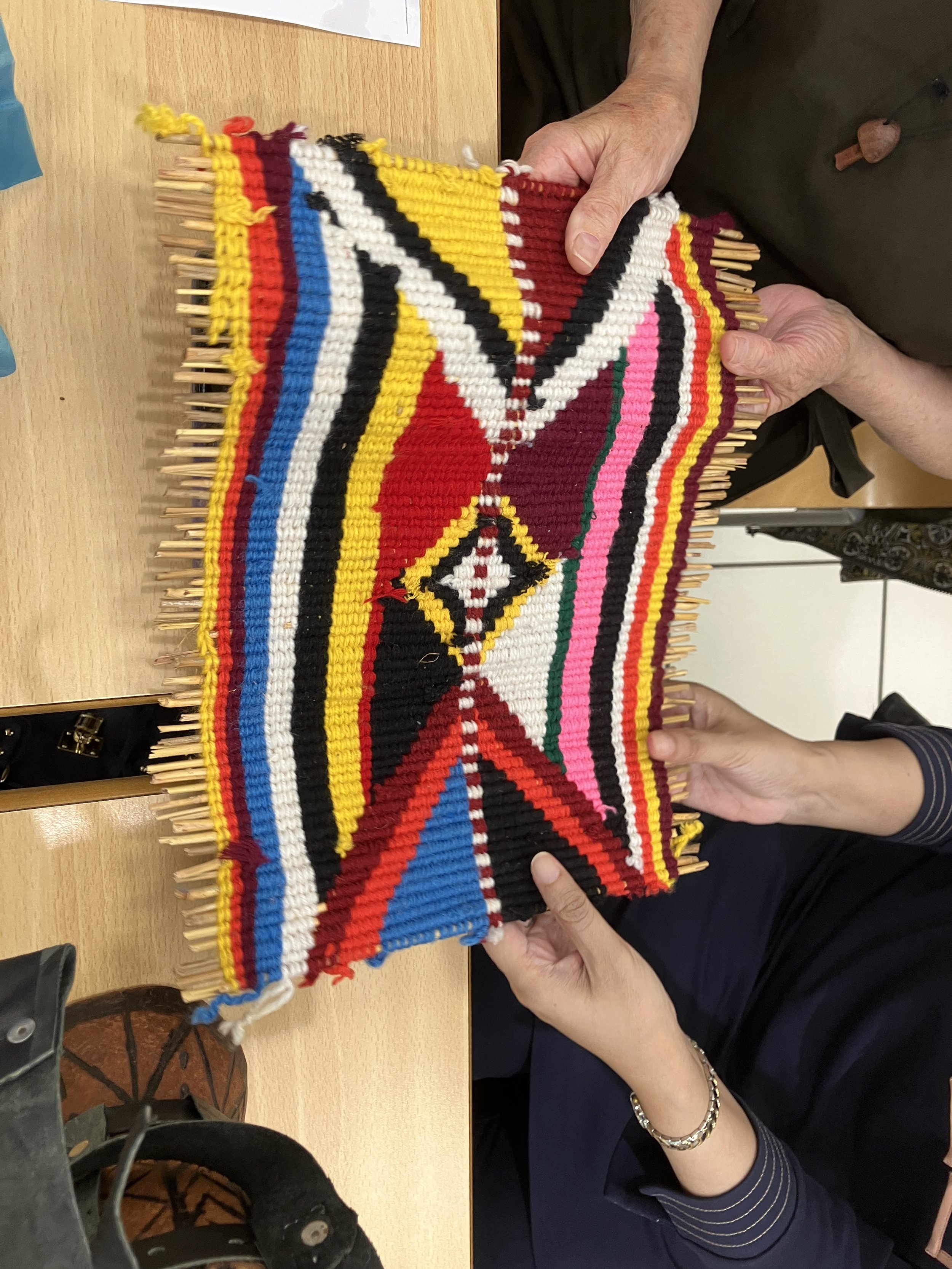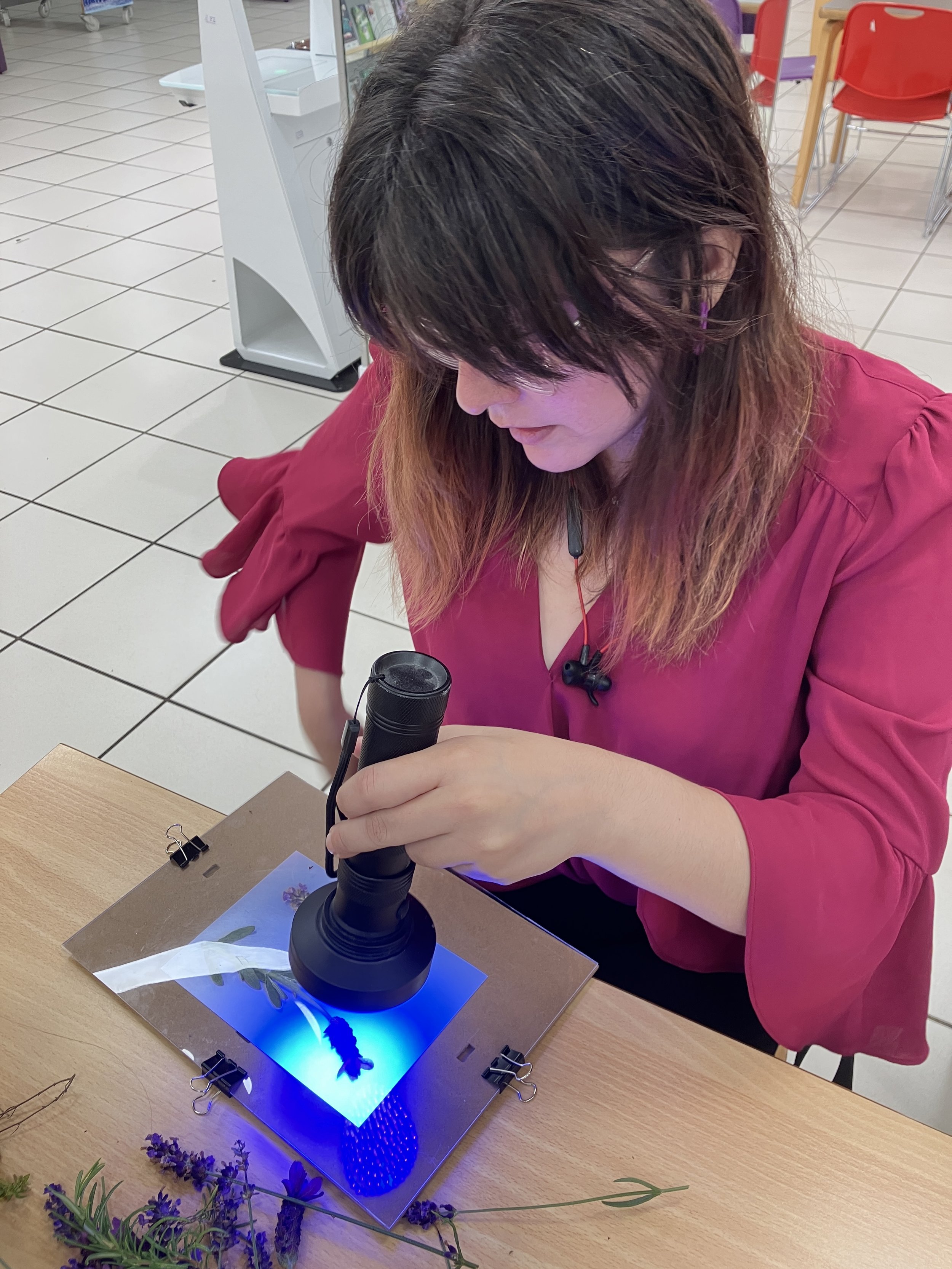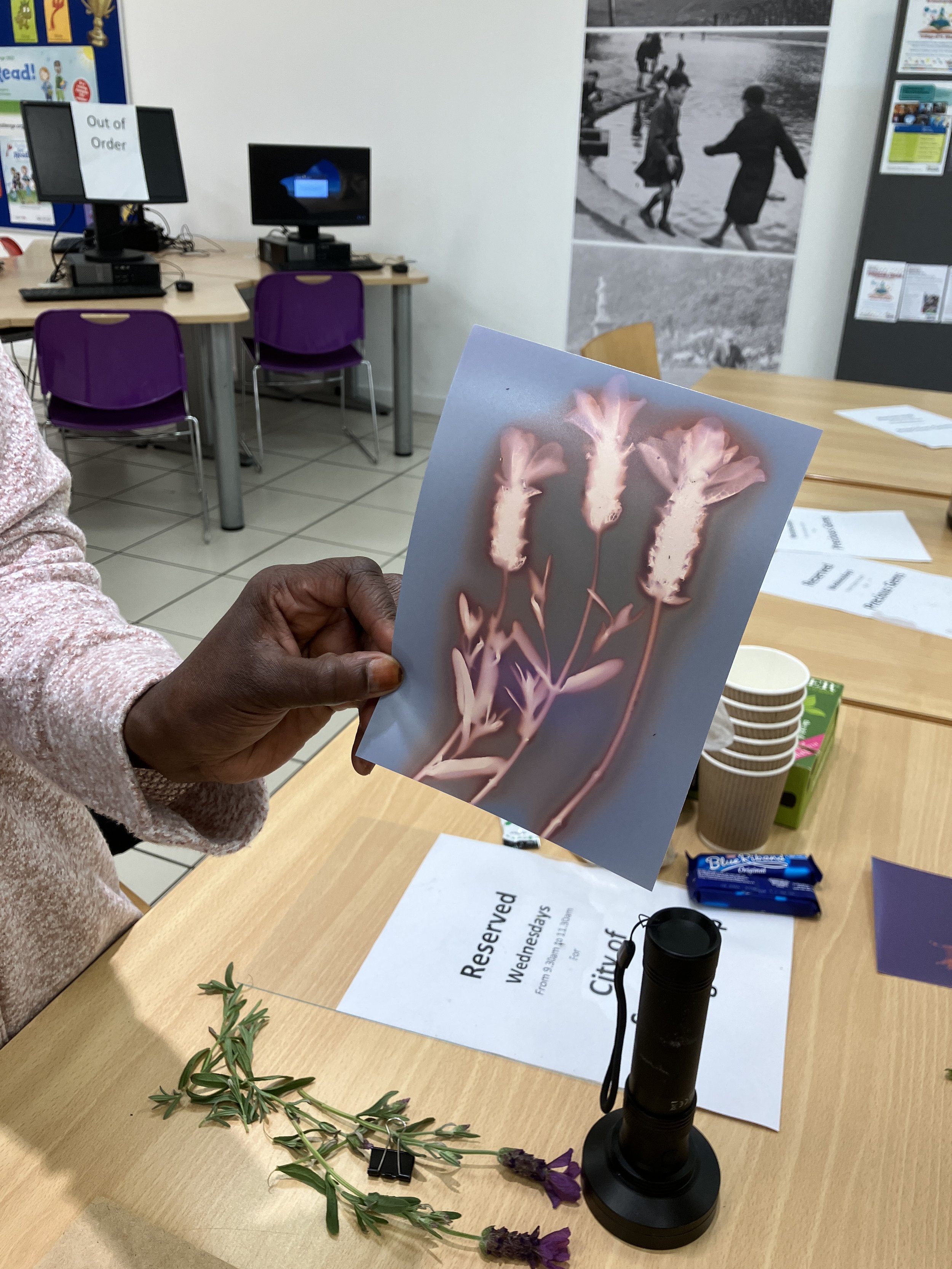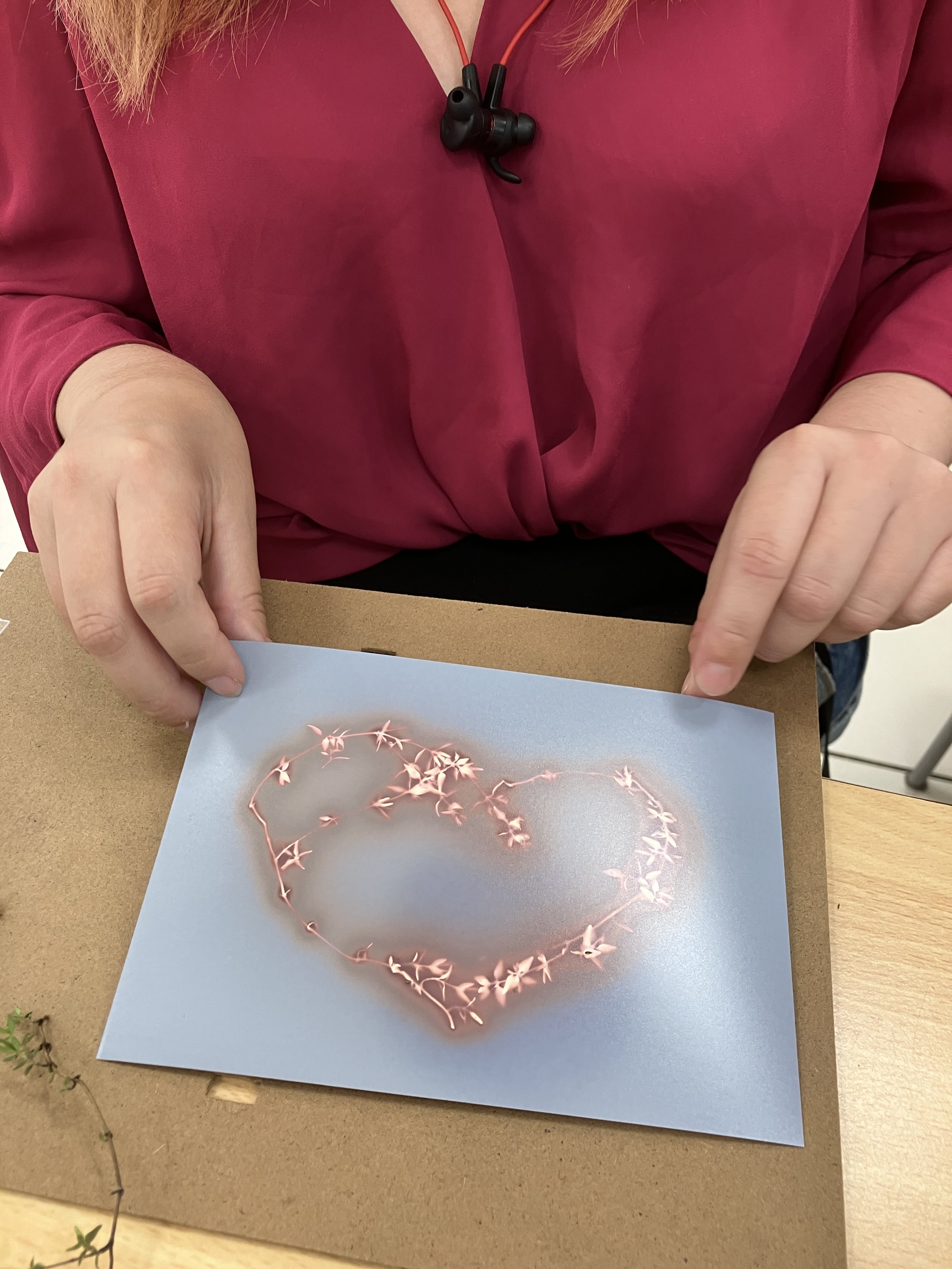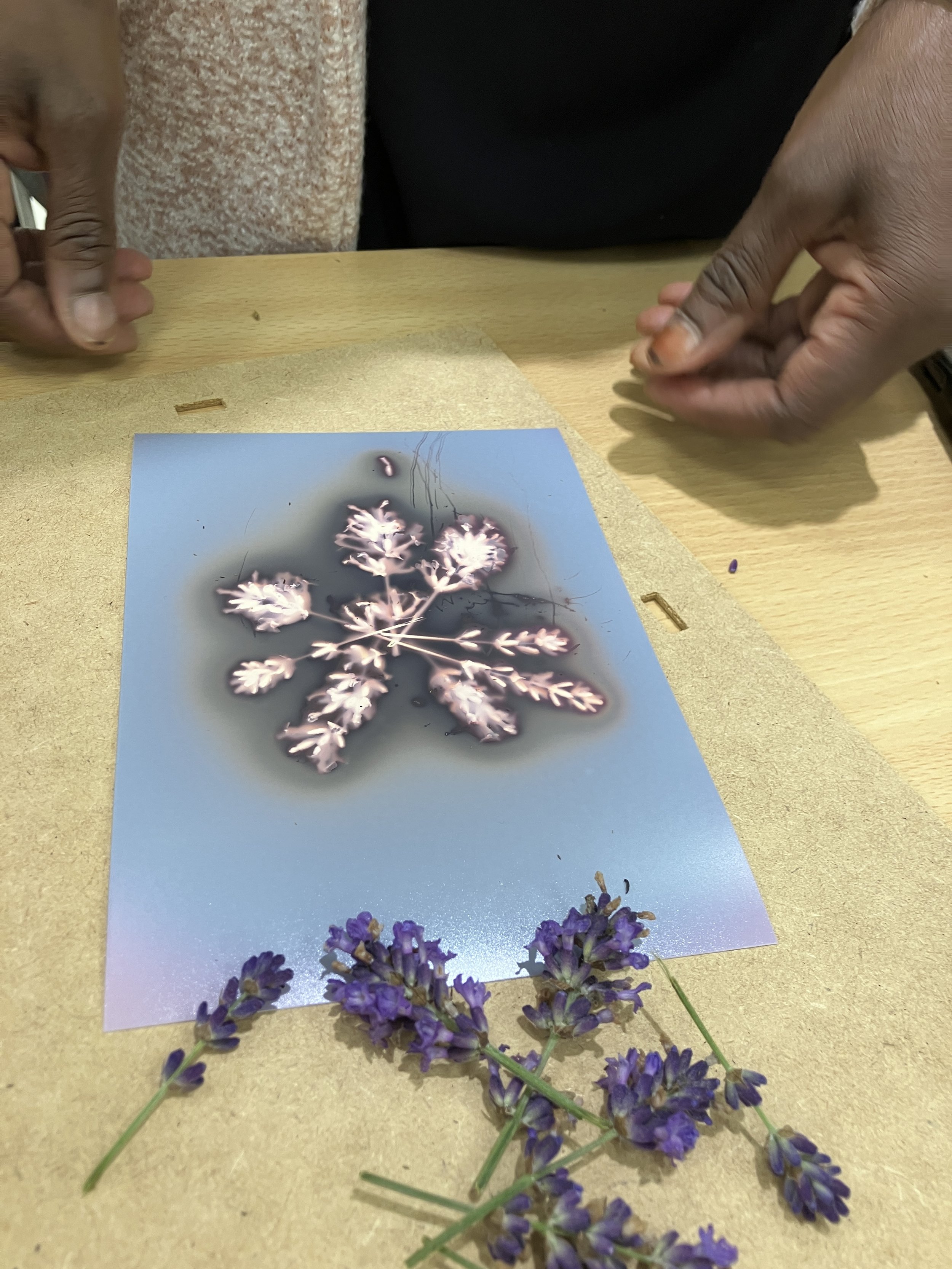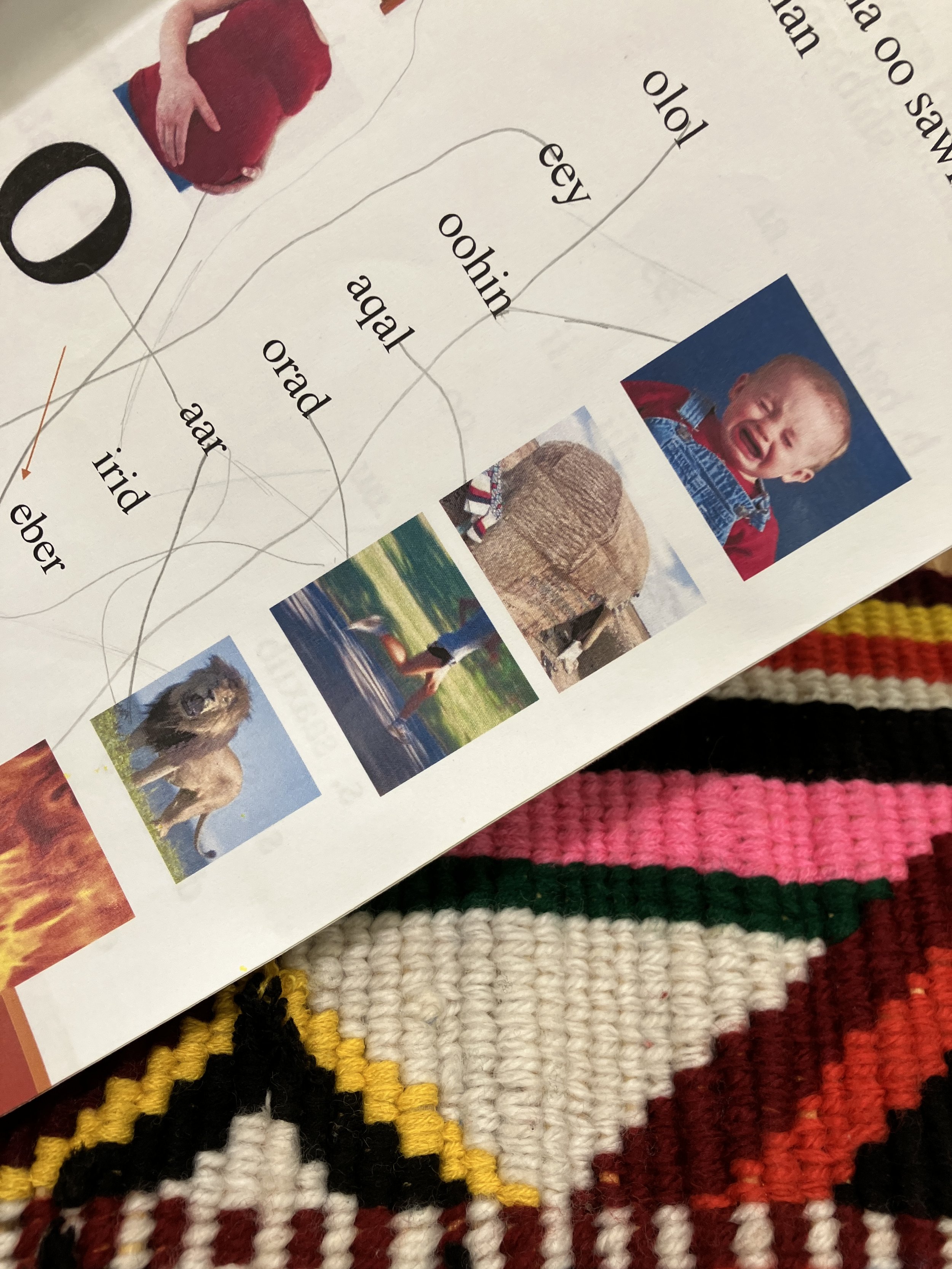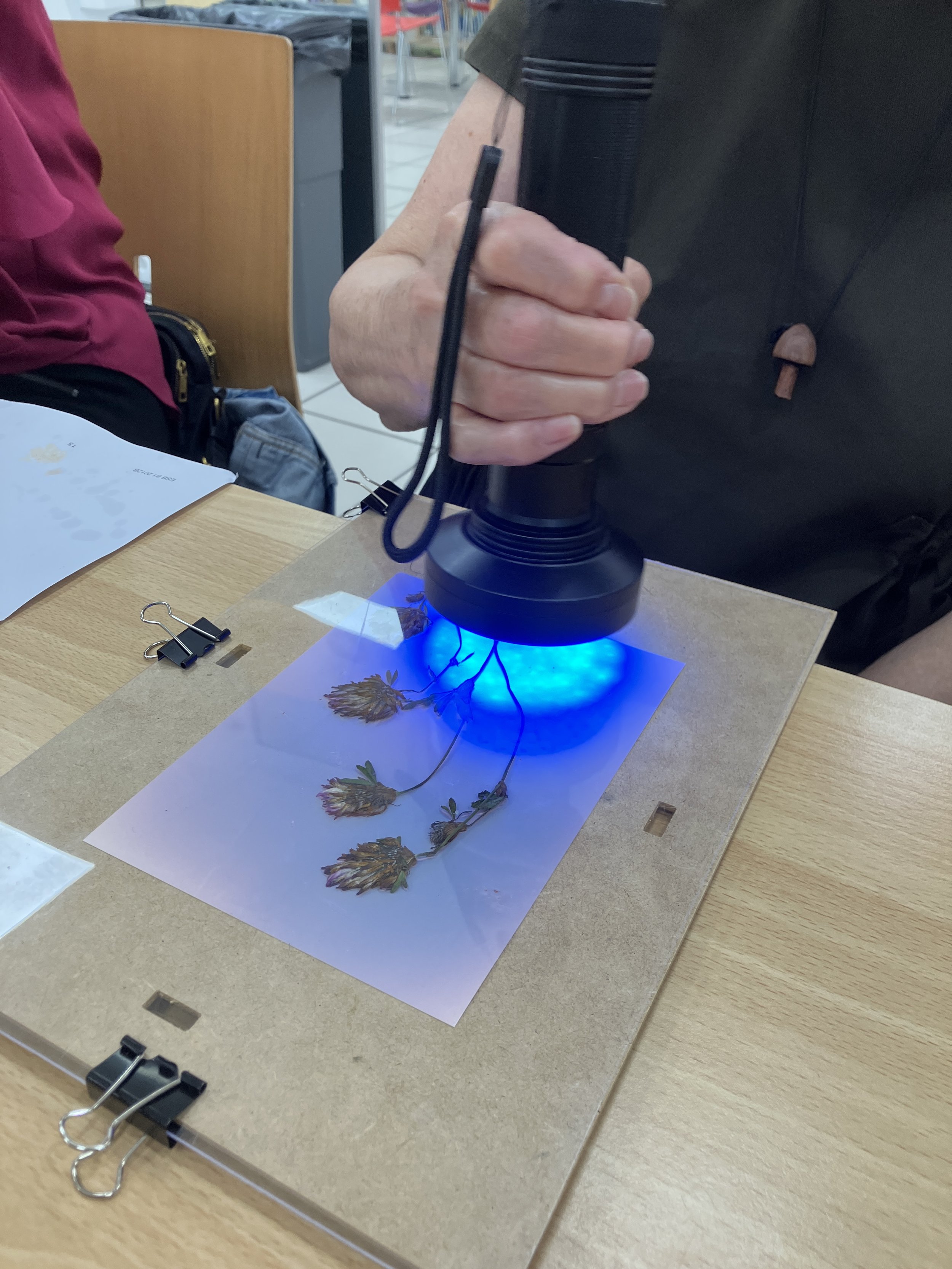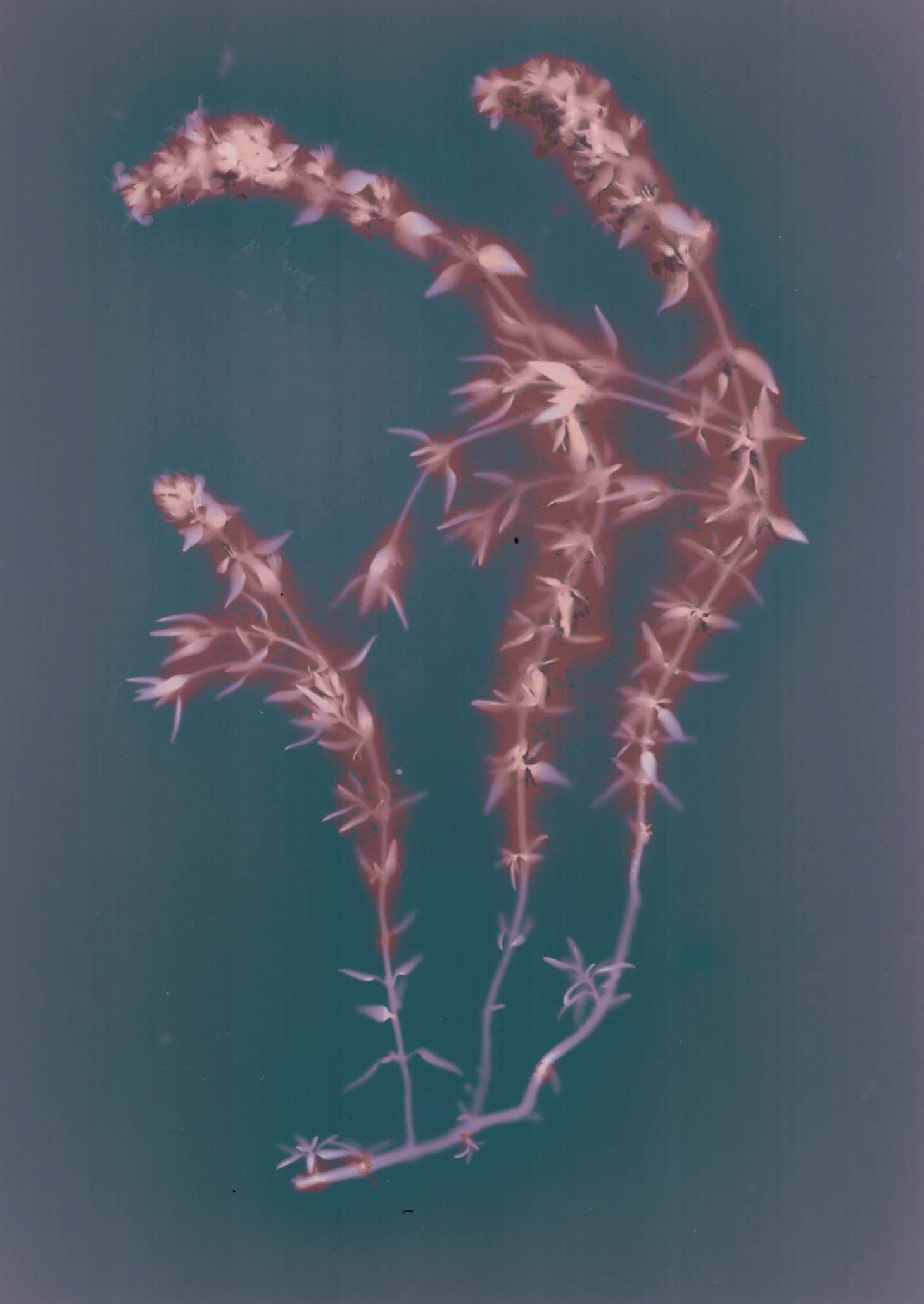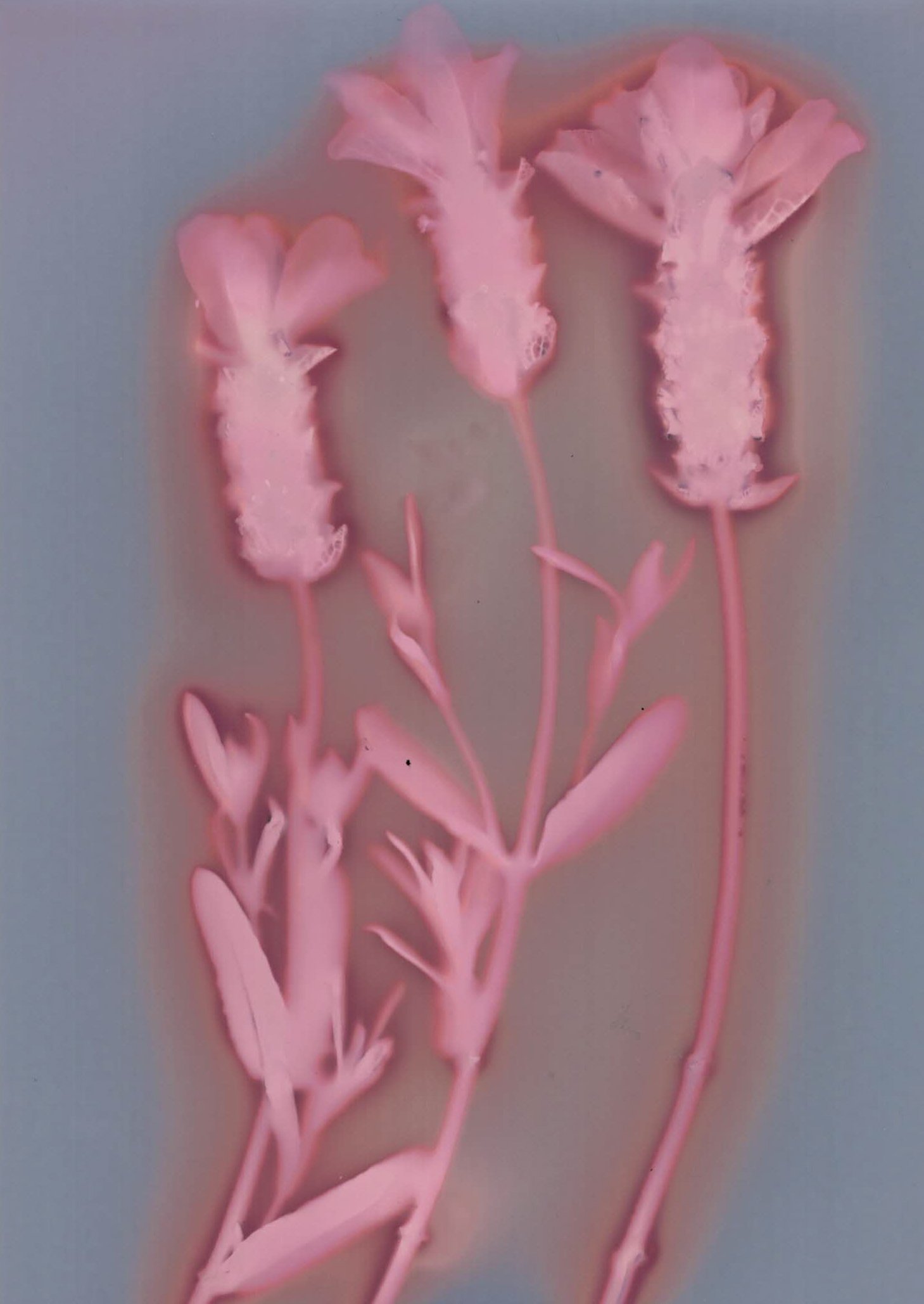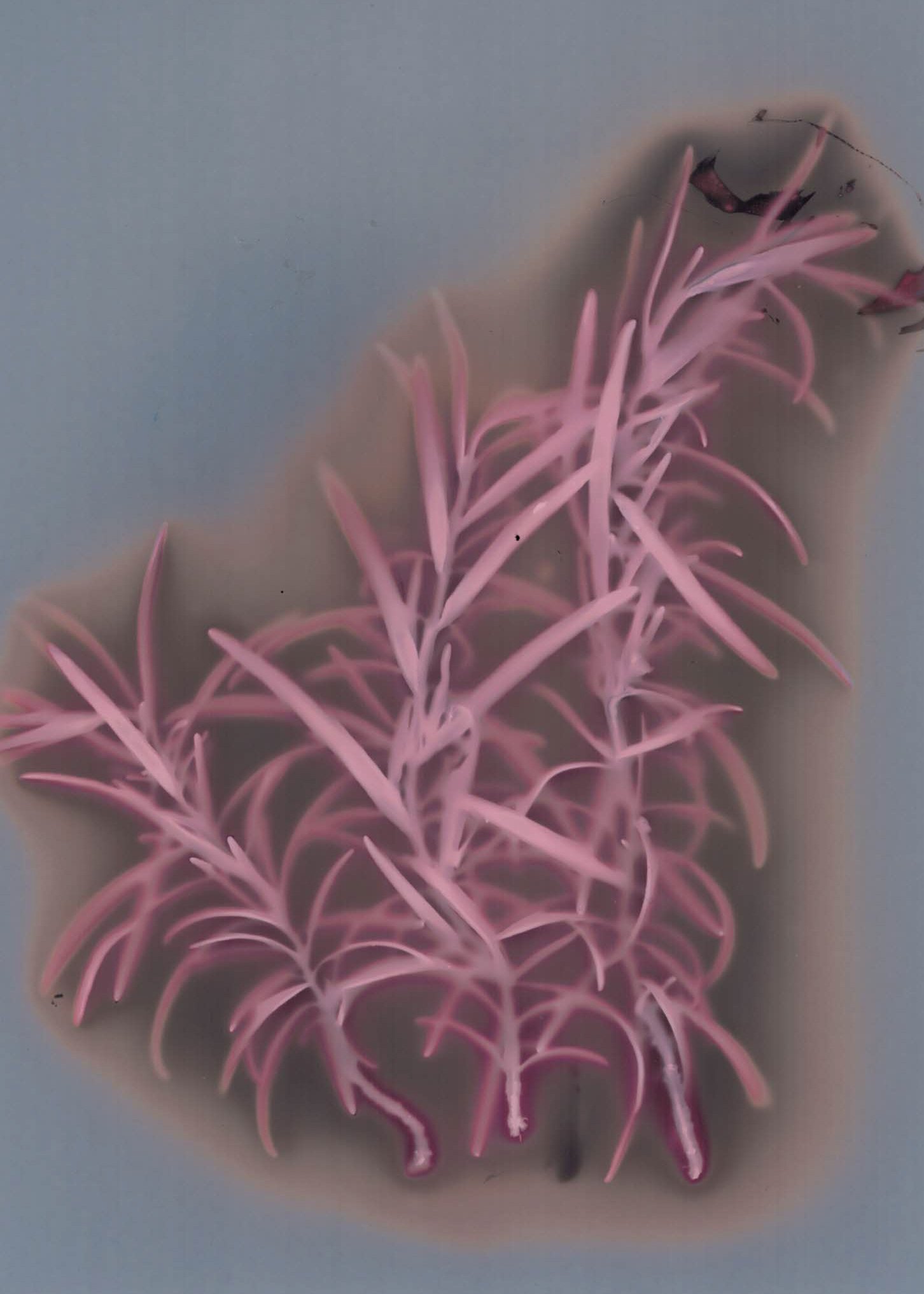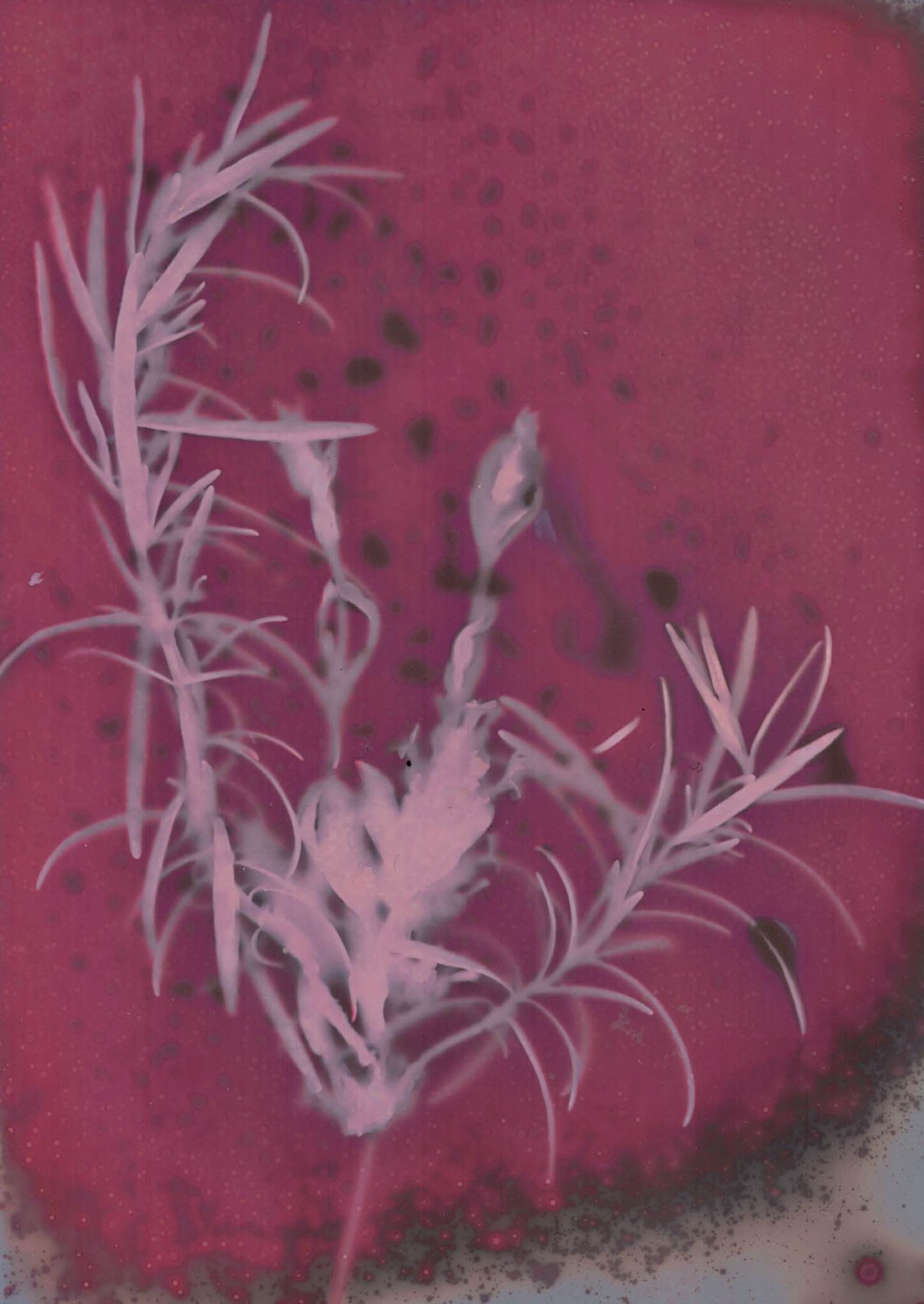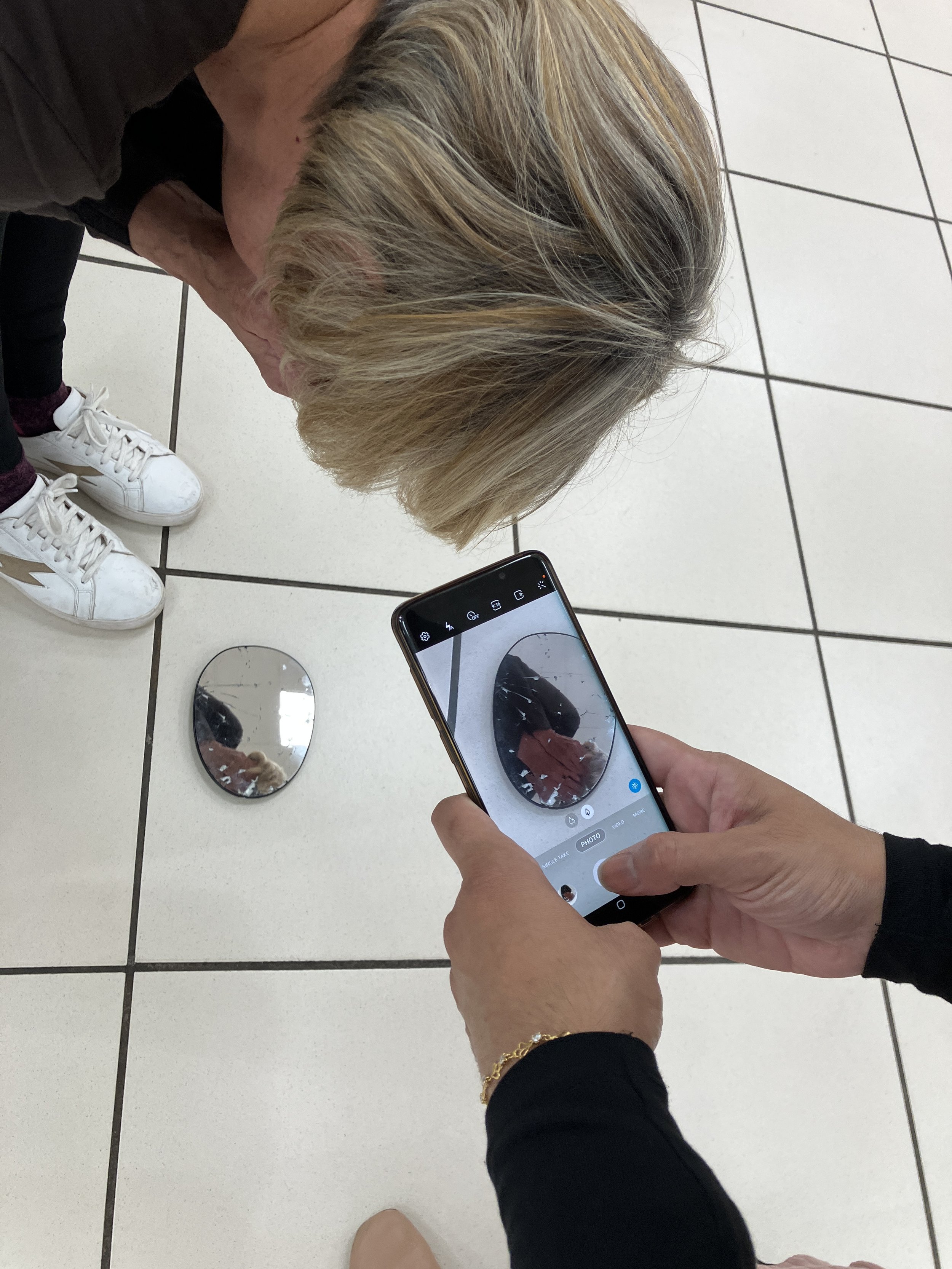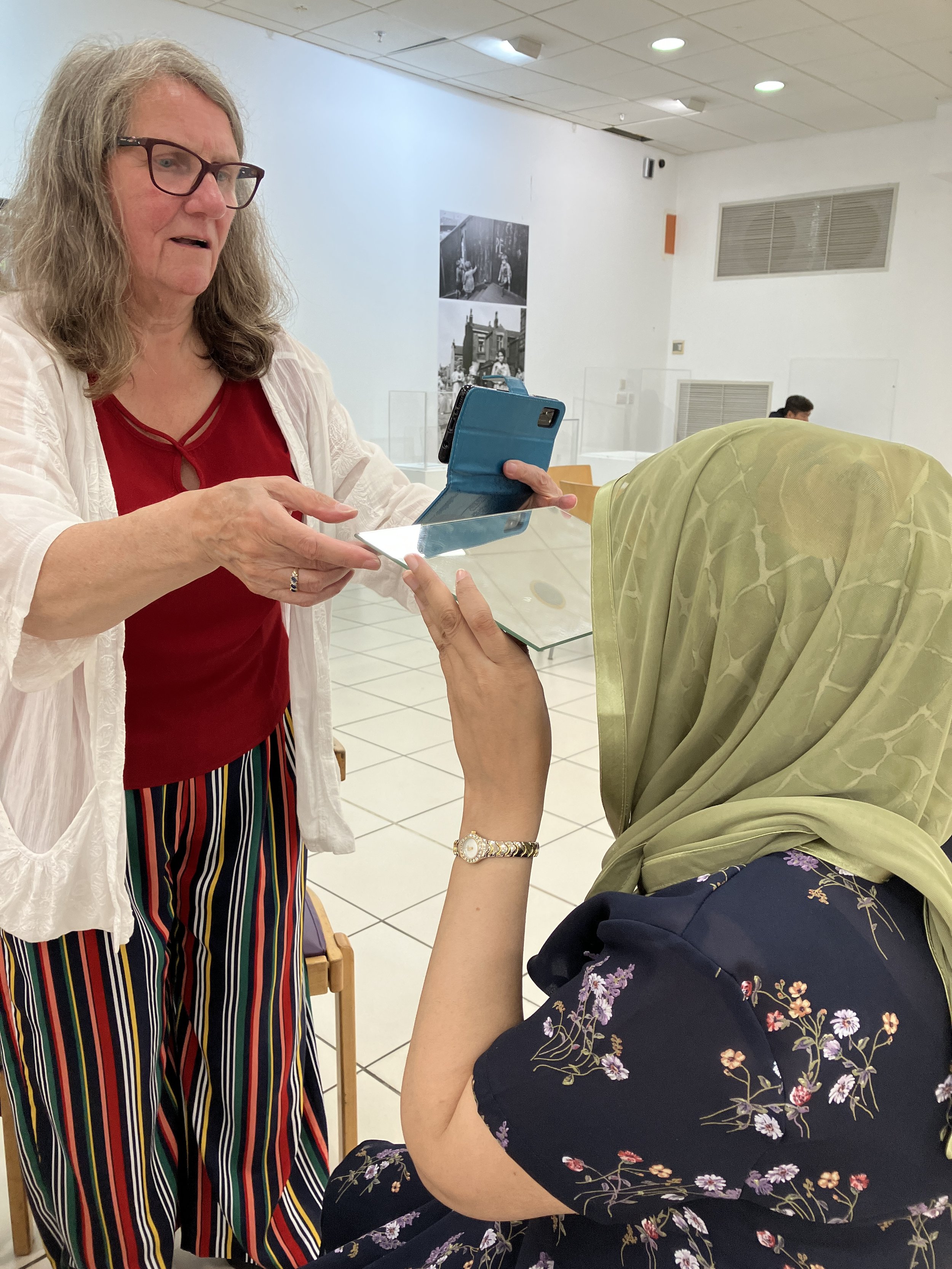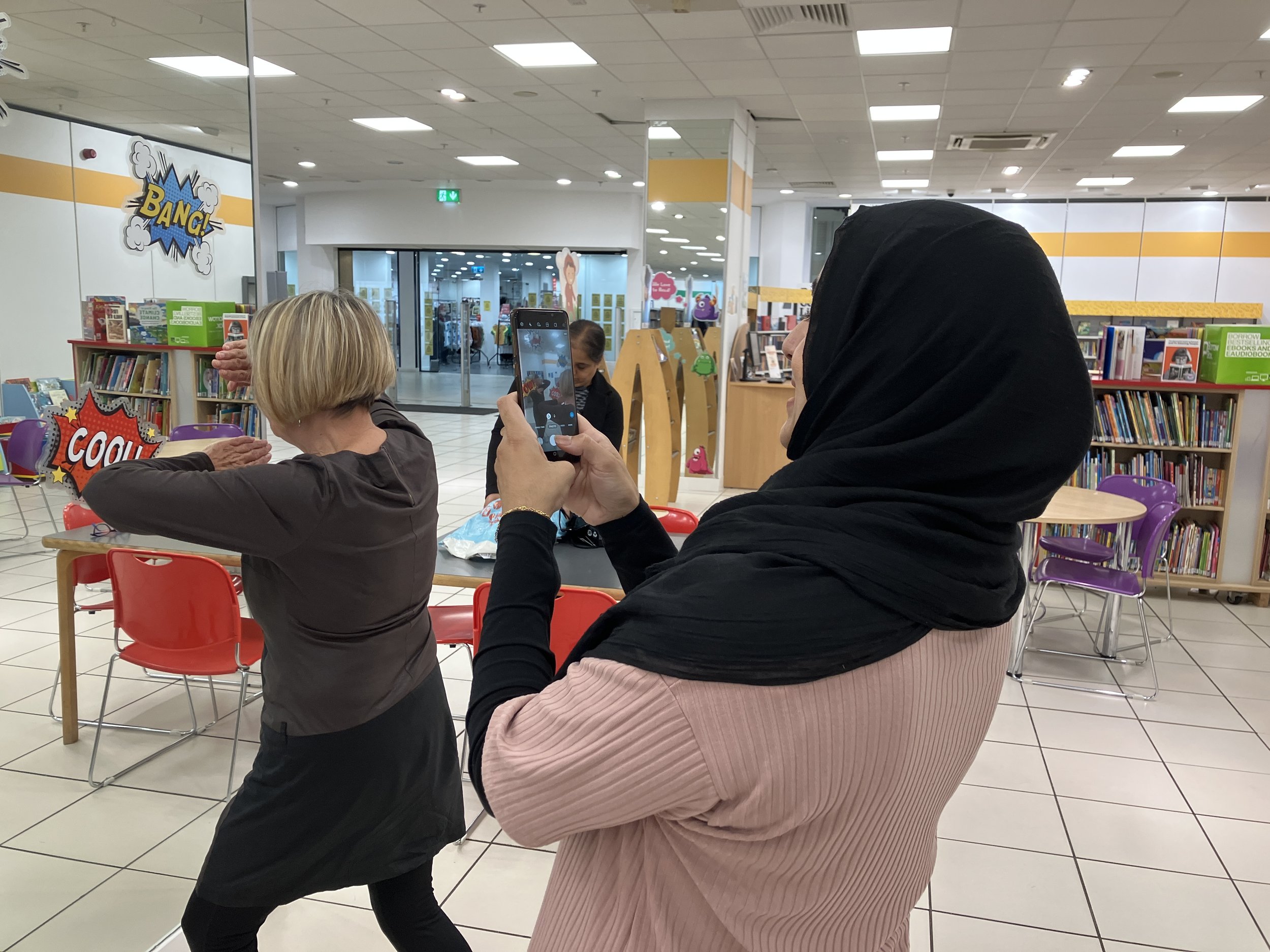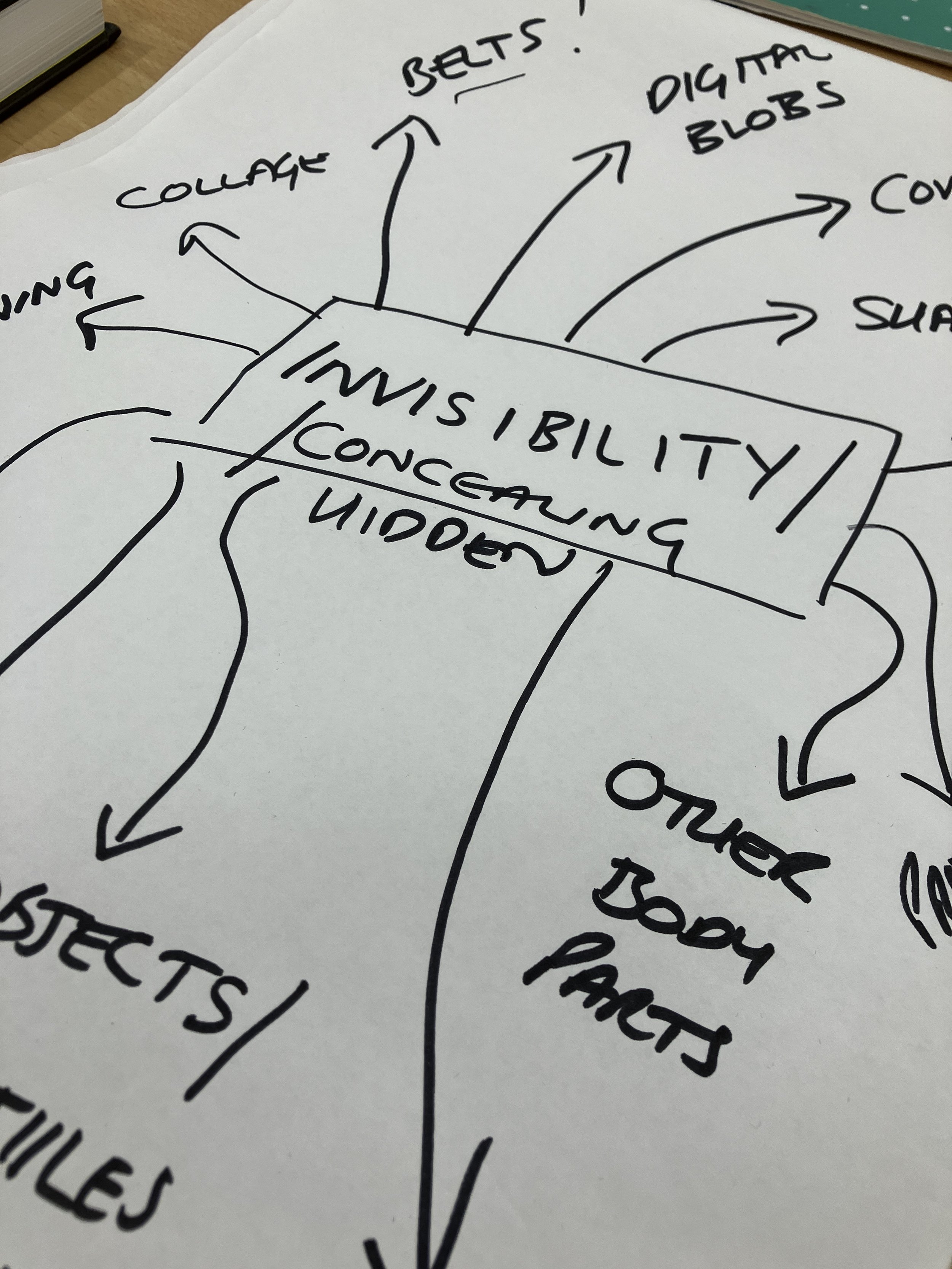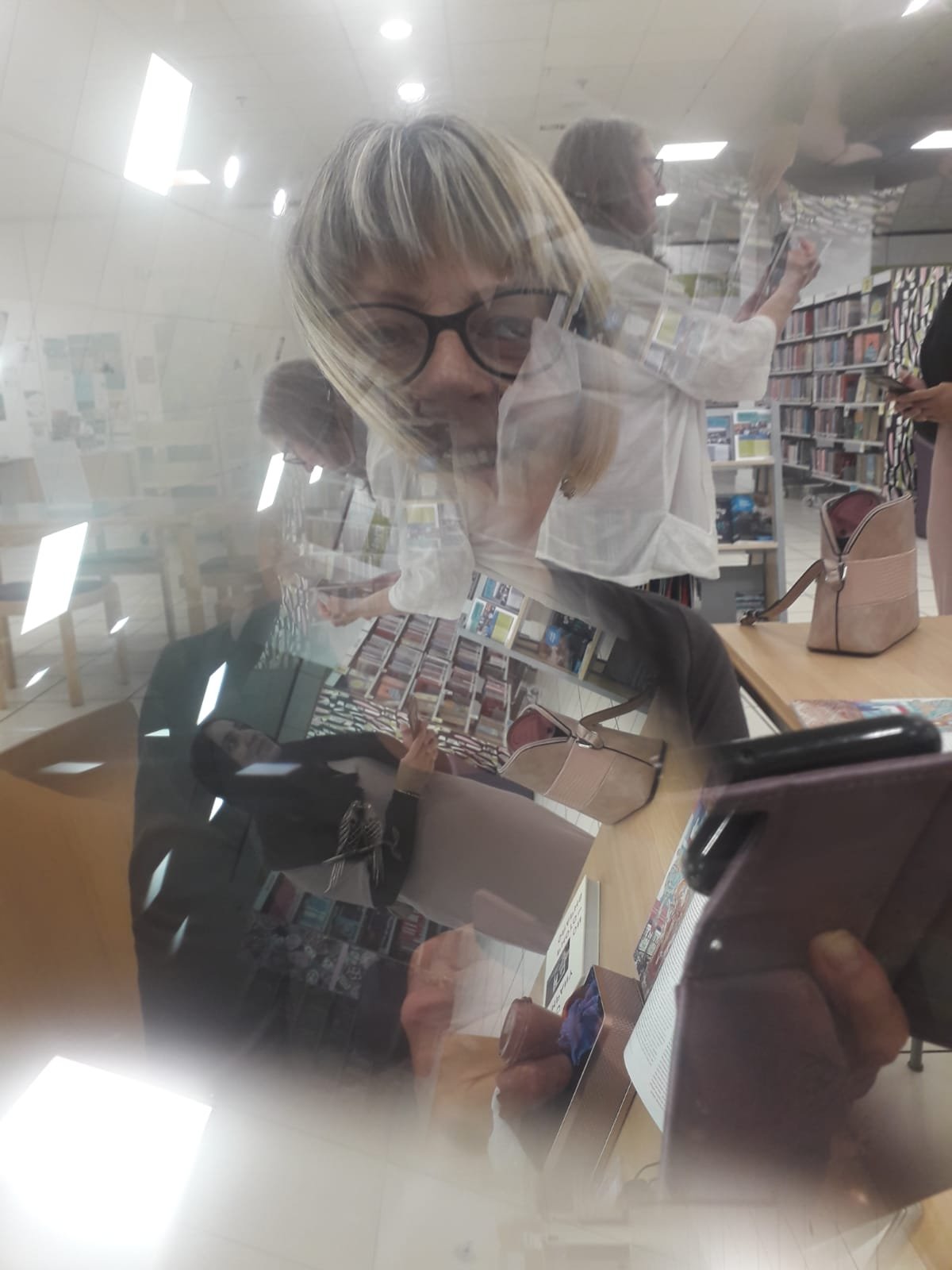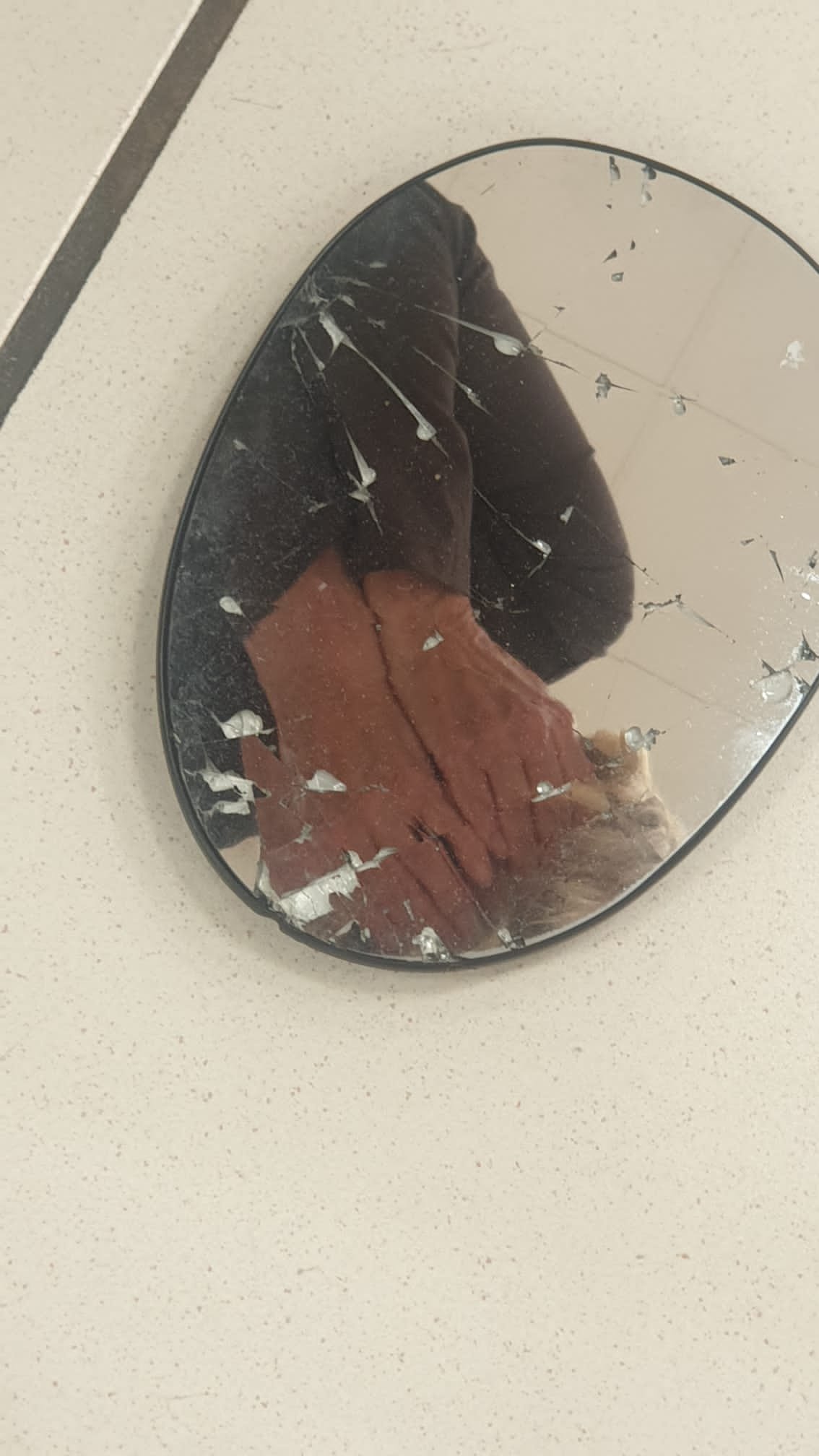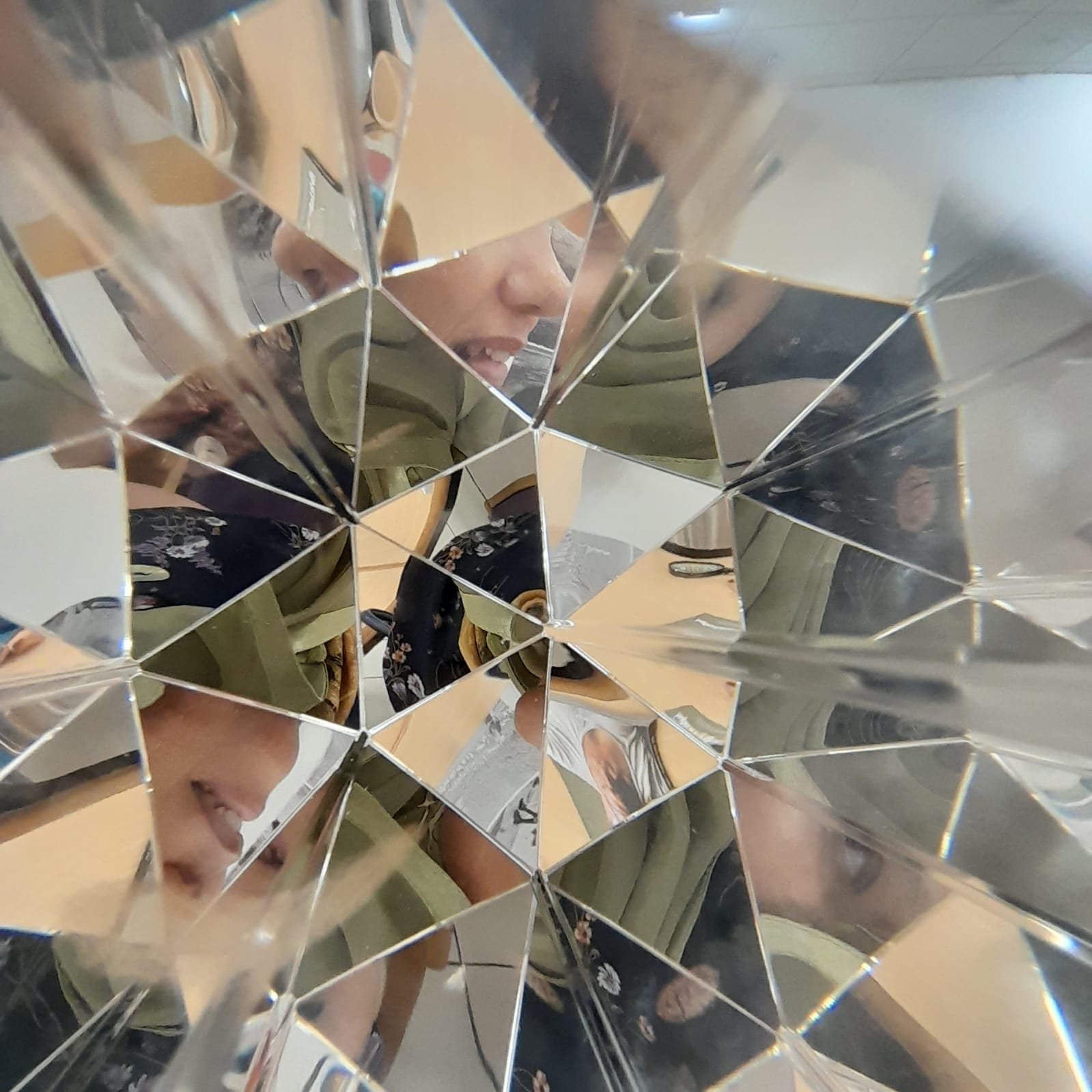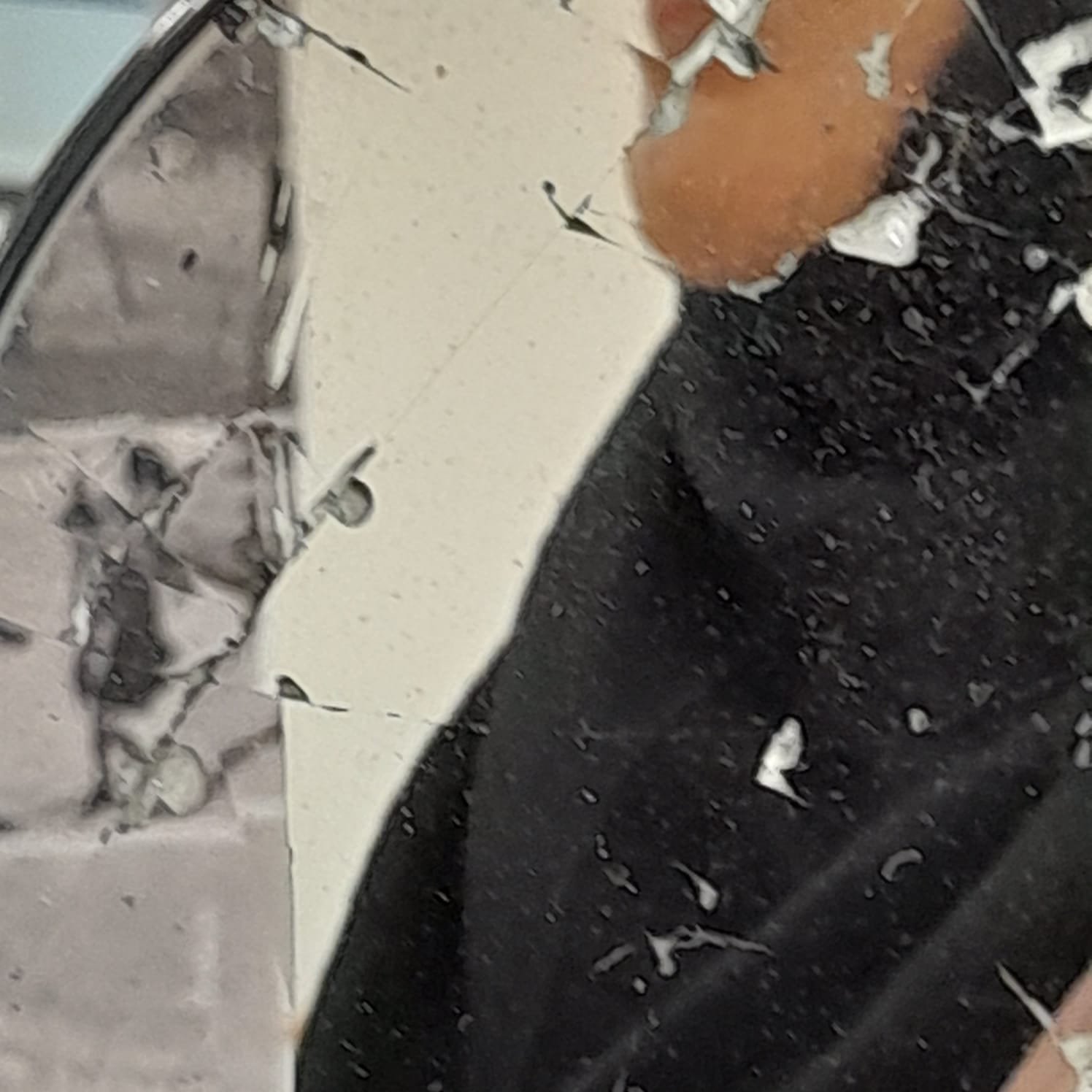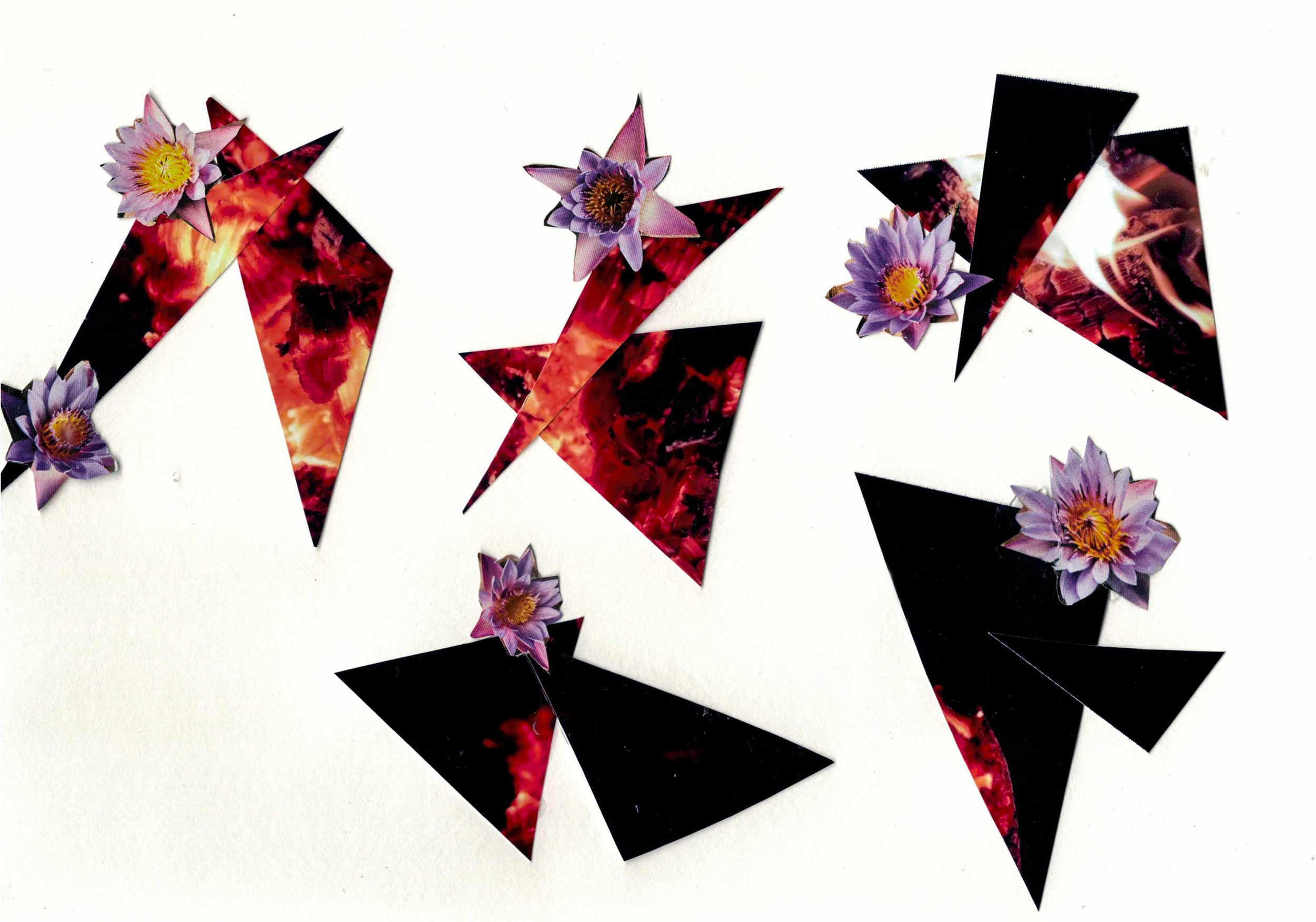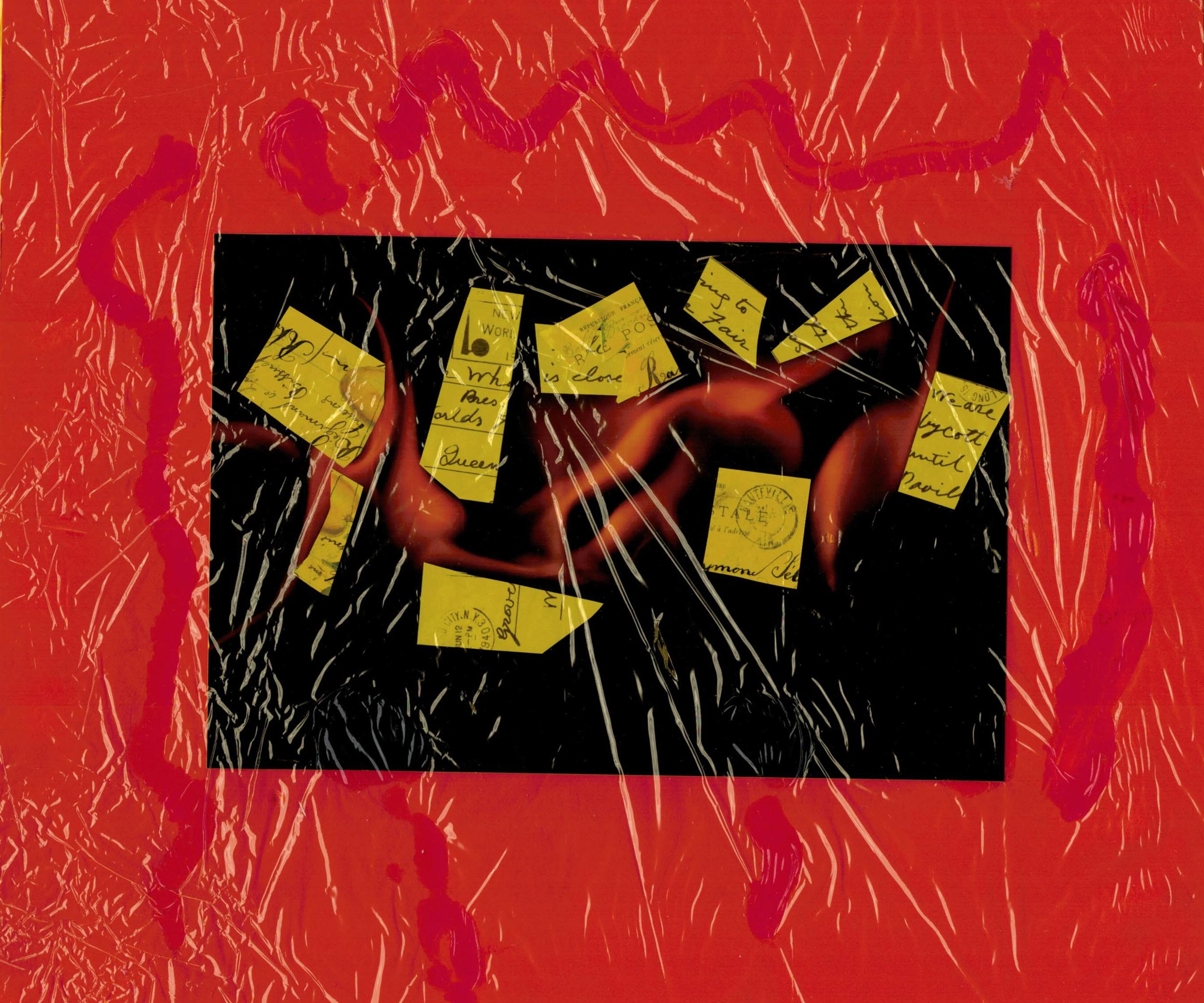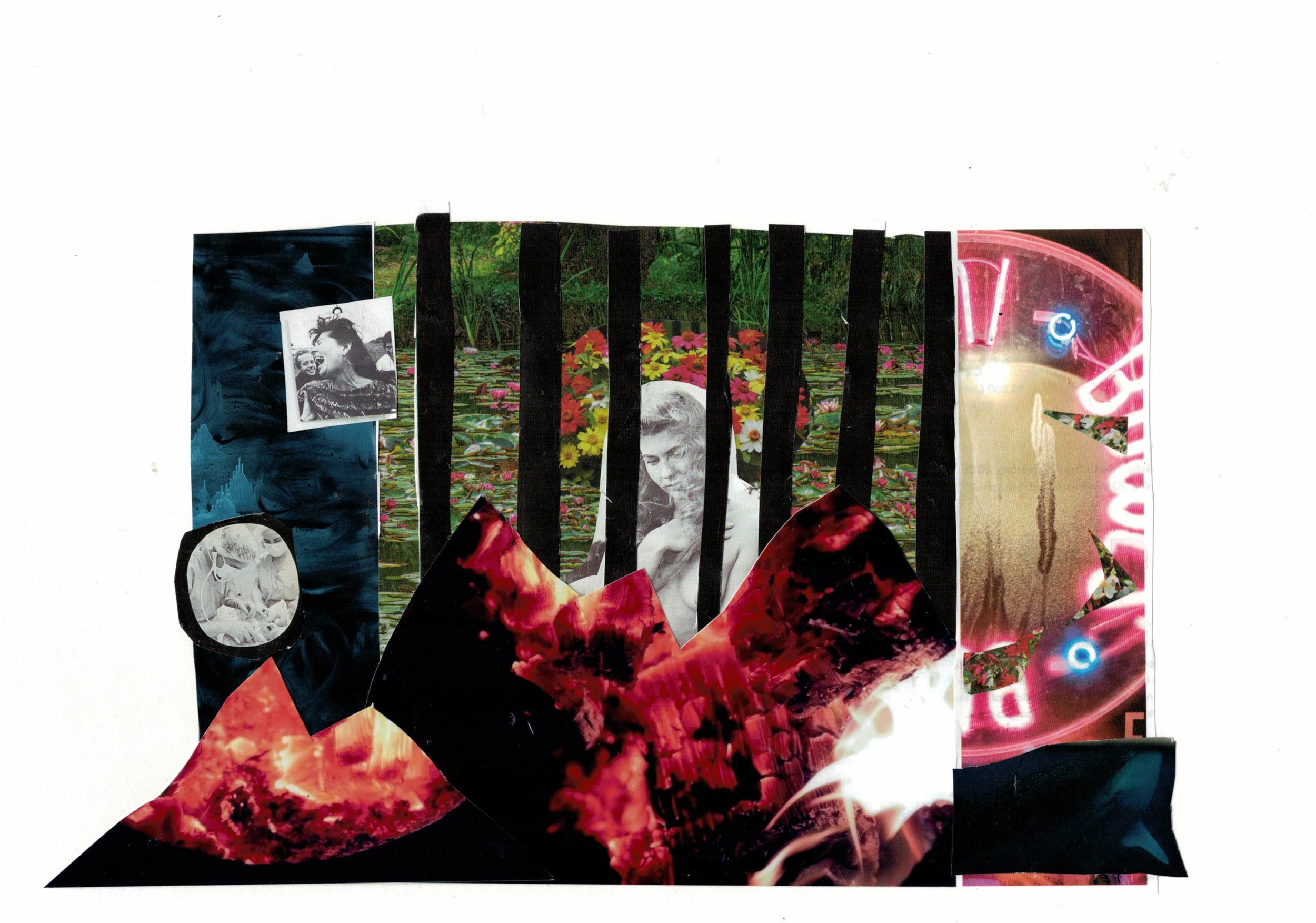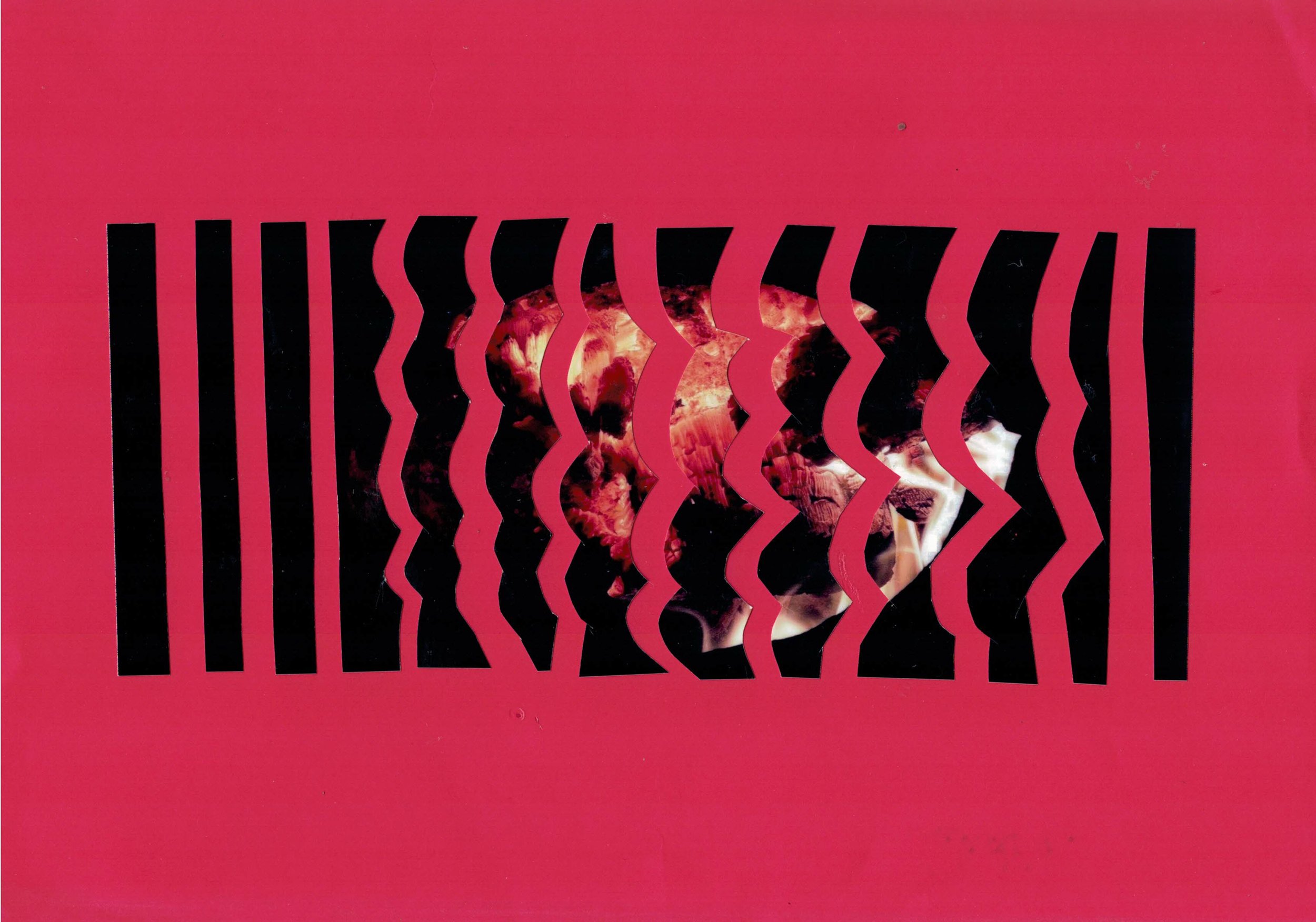July field notes
These notes are updated cumulatively during the month. They’re more a record of what we did, rather than what worked/didn’t (expect a long blog post on that at the end).
Bolton LGBTQIA+ group update
w/c 3 July
This week in the core group we spent time reading and redacting typically heteronormative menopause magazines and used these for burning. Earlier in the project, the group decided they wanted to create some work with fire (which then expanded to fire and water and making some diptychs combing those two things). This was in response to a variety of conversations we’d had which tied in: humours - men: hot/dry, women: cold and wet; heat (typical menopause symptom of hot flushes); and feelings or irritability. Overall though the group wanted to visually rebel and make a stand against the patronising language in these kinds of magazines and narrative. LGBTQ+ people are largely absent from the narrative of these menopause magazines and self-help books. The group are creating water based images over the next week which will be positioned alongside the fire ones at editing stage.
Below: photos and process images by Marge.
Meanwhile, it was ‘Opposites’ week in my 1-1 with A. We’ve been chatting about how some of the symptoms of menopause are completely opposite to what A experiences as a trans man (for example taking testosterone rather than oestrogen; oily skin rather than dry skin; increased libido vs low libido; he sleeps well vs sleep deprivation). The theme of opposites has also come up in discussing the different experiences of accessing healthcare for menopausal cis women vs his own experience as a trans man which can often be traumatic (he has little understanding of the impact of menopause as he still has his womb and ovaries and he has little access to healthcare).
Above: photos taken by M and A.
w/c 10 July
This week in the core group we took inspiration from the Breightmet Butterflies group (see April/May fieldnotes) and used lightpainting to explore our own themes around energy and being active (for wellbeing). We’d initially considered creating environmental portraits in the landscape where P and S run, but time is now tight with the project and we’ve realised we just can’t fit everything in that we’d like to. The conversations have been rich and generated so many ideas - but we’ve got our final workshop next week and needed to be realistic. Usually I have to remind myself to prioritise process rather than product, but with Whose Menopause? those involved are so keen to bring their ideas to fruition through photography. It’s another reminder of how I wish this wasn’t a pilot as it feels like we’re going to cut things short.
In my 1-1 session with A, we went back to some of the photographs we’d taken during the project. A is a textile artist and we decided to explore which of our photographs might be suitable for altering through embroidery. I loved how A was able to teach me something for a change, sharing her expertise with stitching. A had also been developing a test piece which you can see below (bottom left) inspired by our earlier photographs of her special willow tree. We spent a wonderful two hours chatting about menopause and creating some new pieces.
With Al, in our 1-1 this week we focused on the conversations we’d had around being a ‘glitch’. This predominantly related to their identity as a trans man and their experience of the health care service. Collaboratively we created some portraits of Al, and tried out different digital and analogue ways to alter them.
With both the core group and 1-1’s we’re finishing our practical workshops next week. That’s not quite the end yet, we’ll be heading off on three different field trips over the next couple of months to inspire further conversation (and hopefully a continuation of photography) once the project finishes.
Below: work by P, A, S, K, A, M, and Al.
w/c 17 July
It’s been our final workshop week - although we’ve still got our fieldtrips to look forward to that we’ve built into the programme. We were really fortunate to have Dr Vanessa Beck from Bristol University join us via Zoom in the core group this week. We spent nearly two hours sharing our work and chatting about a variety of topics including the ‘Davina effect; menopause in the workplace and the lack of LGBTQ+ visibility. We also started the process of selecting work which we’ll continue to do via Zoom over the summer. It’s been a real challenge fitting in the selection process with the pilot - it’s not been as long as I’d have liked. In my 1-1 with A, we worked on lumen prints and talked about sleep deprivation. And with Al we took a lead from the core group’s lightpainting work and explored the language theme we’ve been chatting about in our sessions. Both my 1-1’s will be selecting work with me online rather than in person.
Over the next two months we’ll be going on fieldtrips to the Whitworth Art Gallery, the Bronte Parsonage Museum and the Wellcome Collection in London (and Queer Britain if we get chance!). These sessions are hopefully going to be a brilliant way to finish off the project in advance of World Menopause Week in October (where we’ll hopefully be sharing our work publicly).
Below: work by Al and process images from the core group.
City of Sanctuary group
w/c 3 July
We had a few more folk turn up this week but it’s become apparent that this group will very much need to be stand alone rather than cumulative sessions due to the nature of those involved. This was week 3 of 6 (an even shortened version of the pilot due to its late start) but I still ran it as a getting to know you session. We looked at different photographs and considered what makes a ‘good’ photo. We also started talking about menopause, inspired by a shortened version of my menopause quiz, and looked at the visual imagery used by media on menopause. We had some fascinating discussions about how there isn’t even a word for menopause in Urdu and Punjabi languages. After chatting about cultural differences with menopause and menopausal symptoms, we worked out what topics they would be interested in covering over the remaining three weeks. Given the hidden nature of menopause (in language and in the home) we decided to join the LGBTQ+ group in thinking about invisibility. They also want to create some work around herbals given personal experience with these and menopause, and something around hot flushes/fire (humours)/feelings of being hot.
Below: Progress images taken during session.
w/c 10 July.
The group wanted to continue chatting about natural remedies this week after telling me all about their menopause experiences and use of herbals. We took inspiration from the work created by my Breightmet Butterflies group and made some of our own wet and dry lumen prints using lavender. Milgo also brought in some objects to show me from Somalia, a Dhiil (milk carrier) and a beautiful Aqal. She’d brought these as she’d missed out on the ‘getting to know you’ activities in the first couple of weeks. So lovely.
w/c 17 July
We followed the group’s lead and the theme of invisibility - which has been a core topic for everyone taking part in this project. We explored different ways to take portraits without showing the front of your face and tried different ways to conceal them. There were only two members of the group with us this week, but we still managed to have some interesting conversations and had fun creating obscured images. My volunteer Eve also ran an activity with the group, using mirrors and reflections as a way to take different portraits. There’s only one session left with this group (which won’t take place until August).
w/c 30 July
This was the final workshop week with my City of Sanctuary Bolton group. We talked about hot flushes and how these feel, and reminded ourselves of the media images we’d looked at that were focused on hot flushes (mostly fans…) We thought we could do a more creative job of creatively depicting hot flushes. We took inspiration from altered images and following our conversation used some images of fire that I’d taken, and repurposed them. Although it’s been a very rapid set of sessions with this group (more taster workshops than what I’d call true socially engaged practice), it’s been a joy to get to know the group and we’ve had some really meaningful conversations.
Over the next few weeks I’ll be compiling all the work selected by the groups into a publication which will be circulated across Bolton and beyond through house and health networks including my partners over at Indigo Gender Clinic. We’ll also be displaying the work (more on that soon). The aim is to have everything ready to go for World Menopause Week in October.
